We Planted The Winter Garden In January
We bought a new rototiller... Electric! It is quite a workhorse! The big tiller that Mitch brings was not available and at 68 years old I needed something that would be easier to use! Got my wish! This little puppy digs to about 12 inches (two passes) and really churns up the soil. We can pull it out of the garage in moniutes, chop up an area, and return it without throwing out a back!
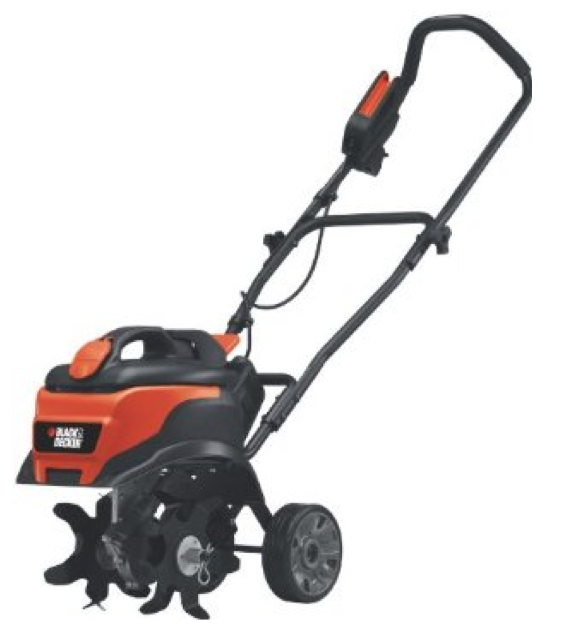
Dirt goes flying!
... and it is easy to use! Replaced grandson... Darn!
Did You Know? - A cultivator is any of several types of farm implement used for secondary tillage. One sense of the name refers to frames with teeth (also called shanks) that pierce the soil as they are dragged through it linearly. Another sense refers to machines that use rotary motion of disks or teeth to accomplish a similar result. The rotary tiller is a principal example.
Cultivators stir and pulverize the soil, either before planting (to aerate the soil and prepare a smooth, loose seedbed) or after the crop has begun growing (to kill weeds—controlled disturbance of the topsoil close to the crop plants kills the surrounding weeds by uprooting them, burying their leaves to disrupt their photosynthesis, or a combination of both). Unlike a harrow, which disturbs the entire surface of the soil, cultivators are designed to disturb the soil in careful patterns, sparing the crop plants but disrupting the weeds.
We Visited H&H Nursery To Collect The Plantings Go To Top Of Page
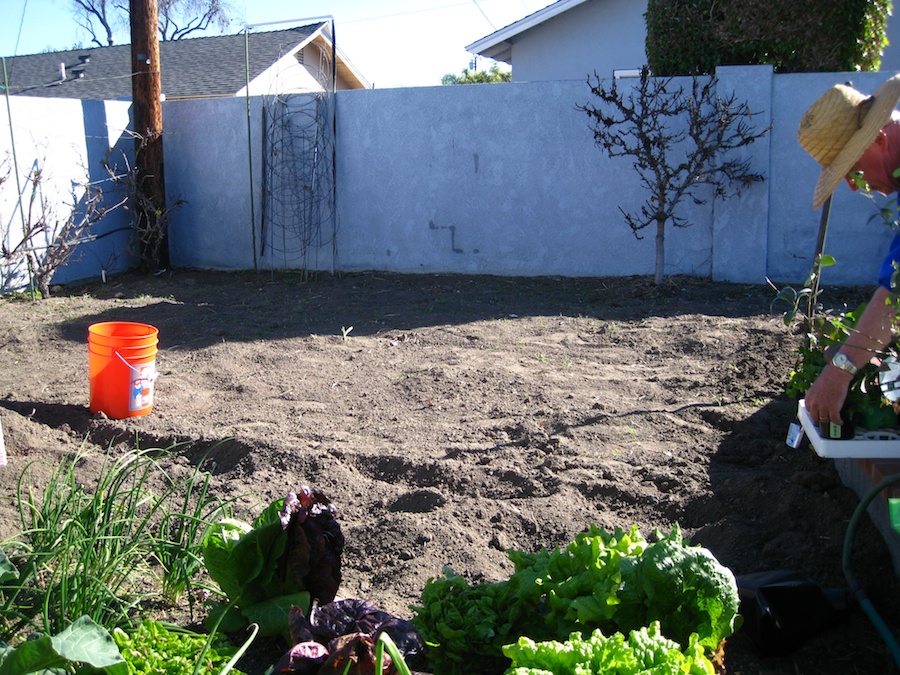
Preparing the gardin is a lot of work... Today we planted about 700 square feet of the garden!
-
01/21/2013
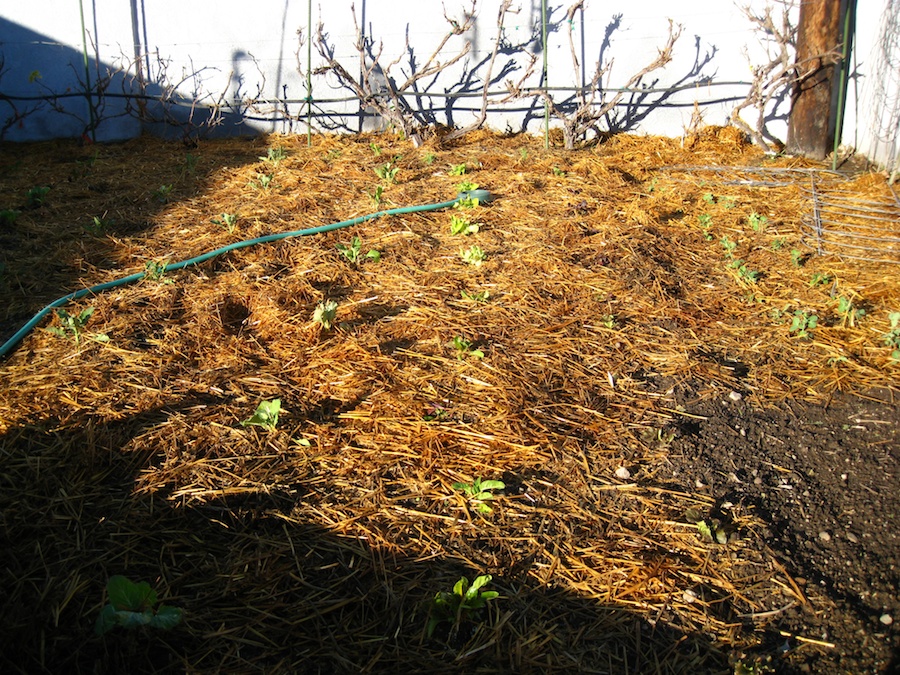
We use straw as mulch! These little guys will be growing like made within weeks! -
01/21/2013
March 7th, 2013 And Time To Begin Some Early Planting Go To Top Of Page

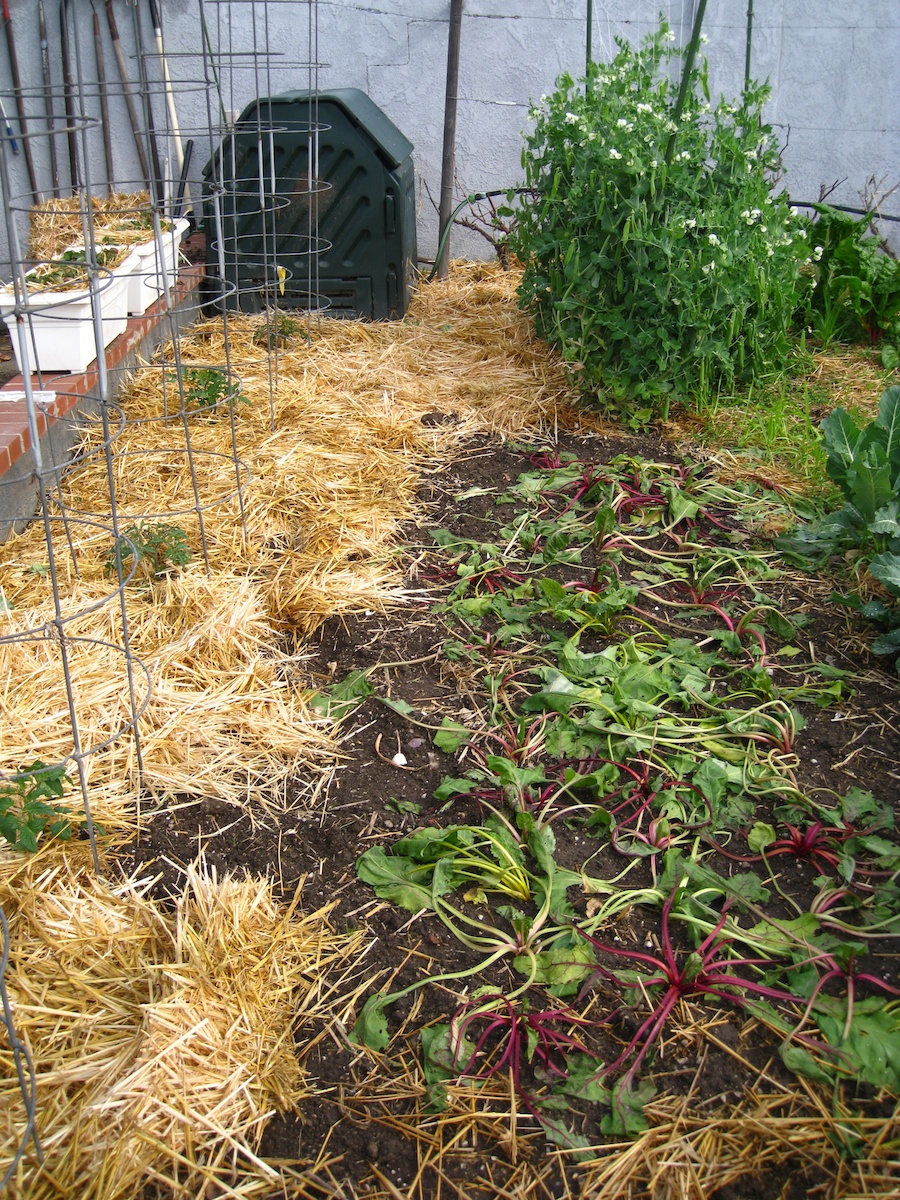
We needed to move the beets around so we carefully repplanted them.... They will recover

Roasted beets with goat cheese - yum yum
Did You Know? - Roasting beets intensifies their flavor, brings out their earthy sweetness, and makes their peels as easy to peel off as an oversized sweater. Roasted beets are particularly delicious in beet salads.
Start with beets that are firm and feel heavy for their size. If the beets came with their greens still attached, cut off the greens, wash them, and reserve them for sauteing with soy sauce and mayonaise!
Rinse any dirt or debris from the beets—some beets may need to be scrubbed clean. Put beets on a large piece of aluminum foil and preheat the oven to 375°F (note: beets are fairly flexible veggies, if you have something else in the oven at anywhere between 325° and 425°, beets will happily roast up at that temperature alongside what you're already cooking, it just will take a bit longer at lower temperatures).
When done, let them cool and the skins will almost fall off!
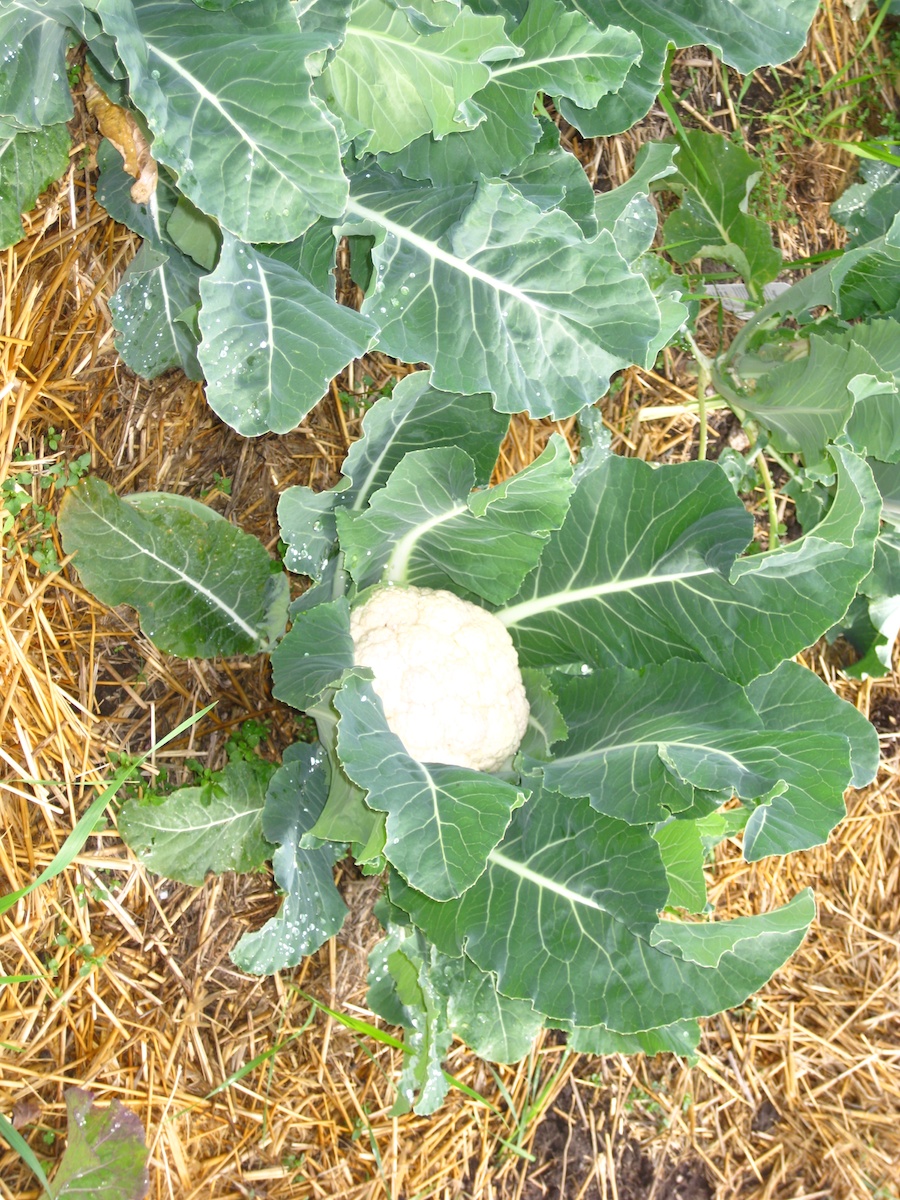
The cauliflower was just being born
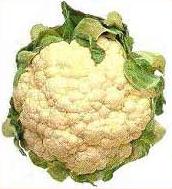




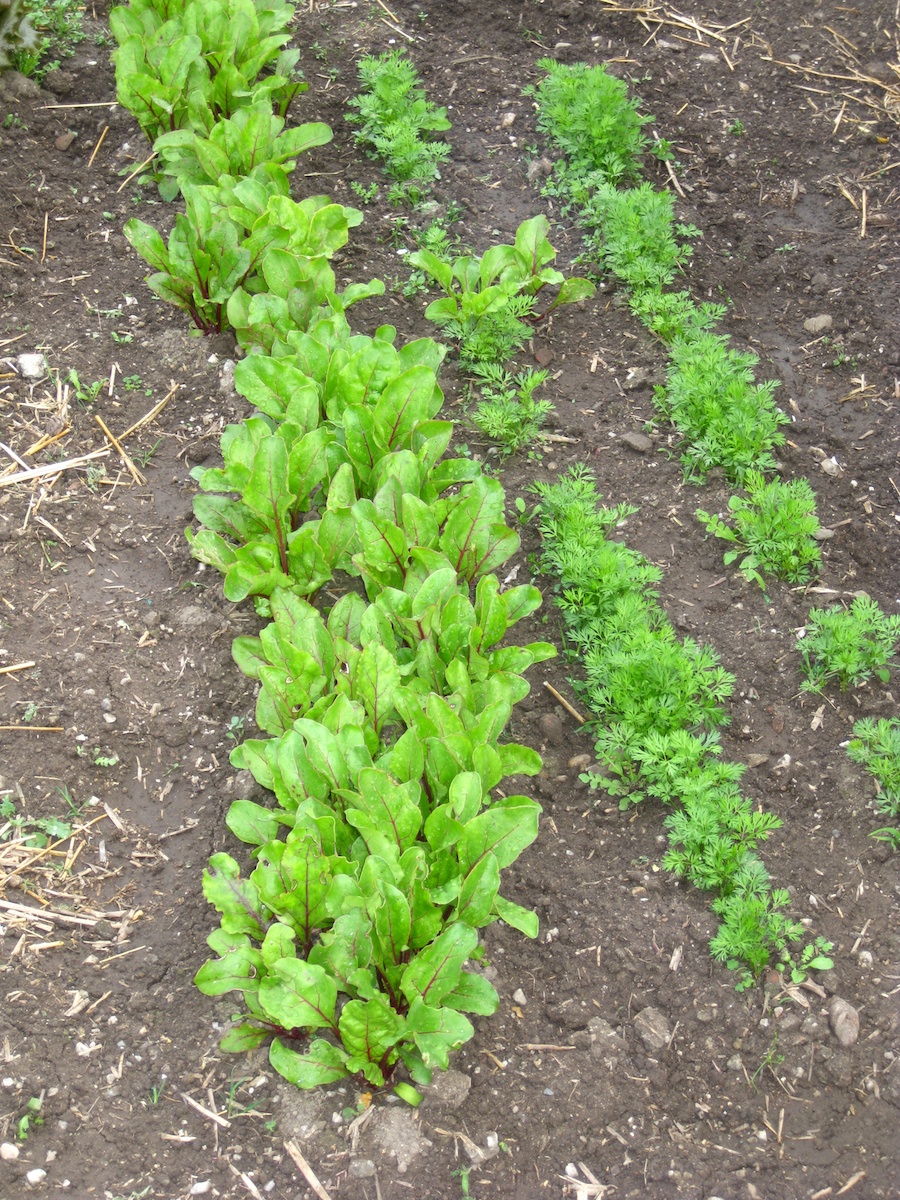
Beets and carrots in need of some serious thinning
Did You Know? - In agriculture and gardening, thinning is the selective removal of flowers, fruits, shoots, and seedlings or young plants to allow adequate space for the recontenting organs/plants to grow efficiently. In large-scale farming, techniques like precision seeding and transplanting can eliminate the need for thinning by starting plants at their optimum spacing.
On a smaller scale, such as a home vegetable garden, thinning can be used as a way to make maximum use of space for certain crops. For example, beets, carrots, green onions and others can be planted densely, and then thinned to make room for continued growth of the plants left in the soil, and also as a harvest of baby vegetables (beet greens, baby carrots, baby onions).
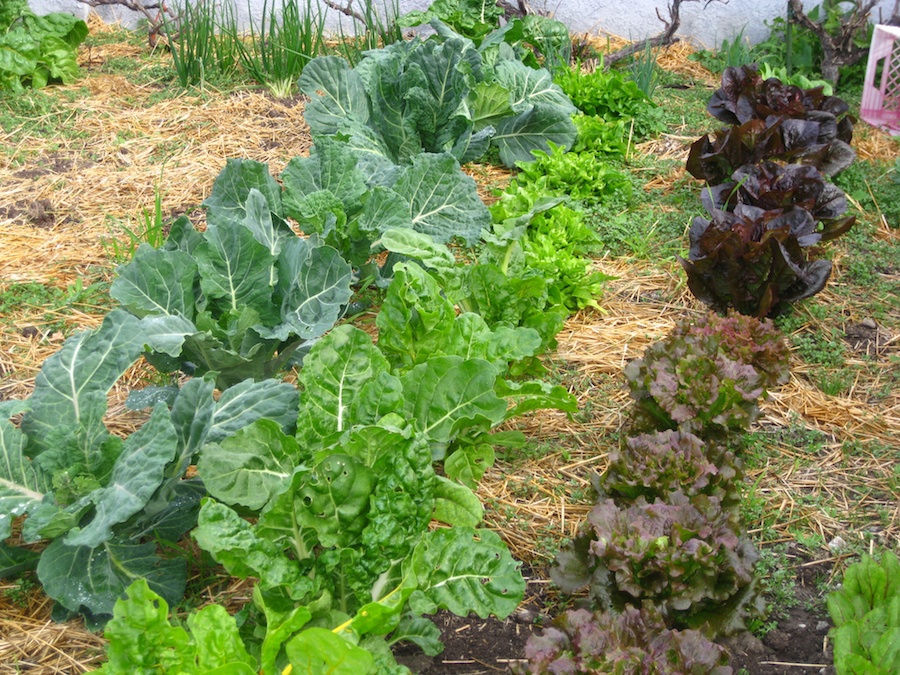
See them now.... Look right below for the same plants January 21st
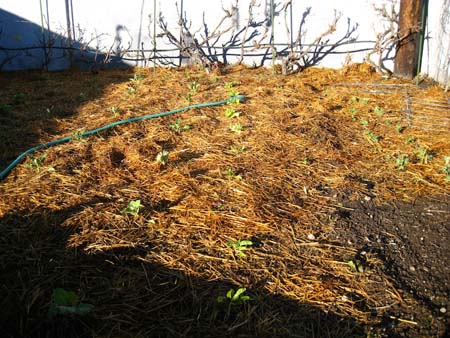
Cauliflower is one of several vegetables in the species Brassica oleracea, in the family Brassicaceae. It is an annual plant that reproduces by seed. Typically, only the head (the white curd) is eaten. The cauliflower head is composed of a white inflorescence meristem. Cauliflower heads resemble those in broccoli, which differs in having flower buds.
Chard is a leafy green vegetable often used in Mediterranean cooking. While the leaves are always green, chard stalks vary in color. Chard has been bred to have highly nutritious leaves at the expense of the root (which is not as nutritious as the leaves). Chard is, in fact, considered to be one of the healthiest vegetables available and a valuable addition to a healthy diet (like other green leafy vegetables).
Lettuce (Lactuca sativa) is an annual plant of the aster or sunflower family Asteraceae. It is most often grown as a leaf vegetable, but sometimes for its stem and seeds. Lettuce was first cultivated by the ancient Egyptians who turned it from a weed, whose seeds were used to produce oil, into a plant grown for its leaves. Lettuce spread to the Greeks and Romans, the latter of whom gave it the name "lactuca", from which the English "lettuce" is ultimately derived.
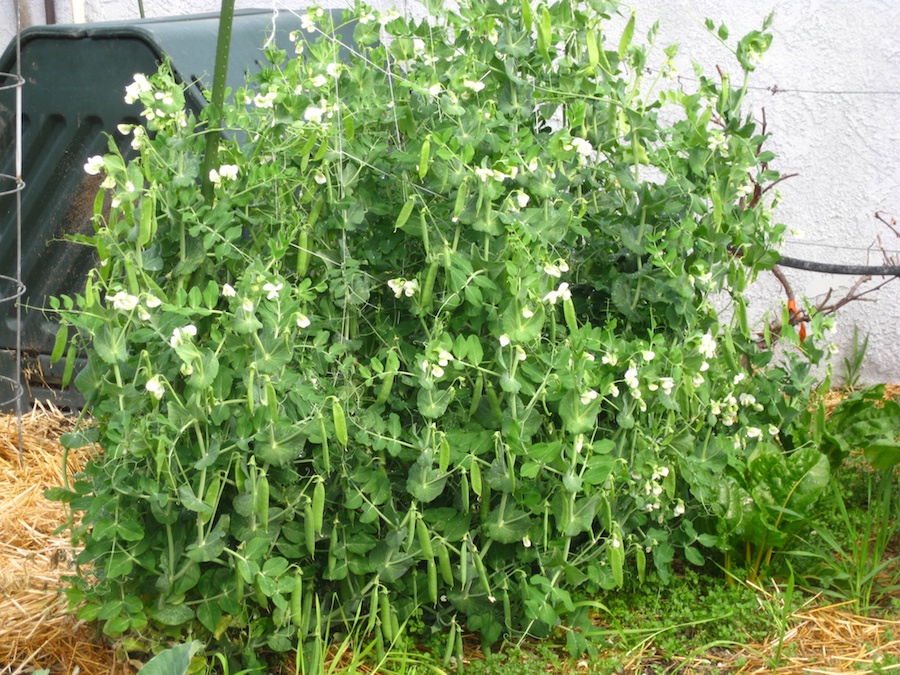
The peas are doing well.... Enough to make peas for the two of us every three days
Did You Know? - The pea is most commonly the small spherical seed or the seed-pod of the pod fruit Pisum sativum. Each pod contains several peas. Peapods are botanically a fruit, since they contain seeds developed from the ovary of a (pea) flower. However, peas are considered to be a vegetable in cooking.
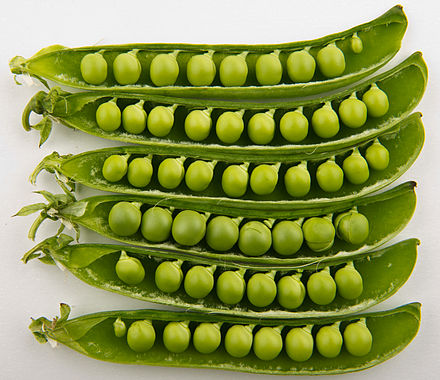
Paul's father used to call Paul a "Pea Picker"... I never knew why until Wikipedia assisted me
Did You Know? - A pea-picker is a derogatory reference to poor, migrant workers during the Great Depression. These people were unskilled, poorly educated workers, employable only in menial jobs, such as harvesting crops and, as such, received poor wages for working long hours under dreadful conditions.
We Needed Tomatoes So Where Does One Go???? Roger's Gardens!

Did You Know? - Enthusiastically referred to as “the tomato freaks’ Woodstock” by the New York Times, TOMATOMANIA! is not only the world’s largest (and most fun) tomato seedling sale, but has become a tomato lovers’ mecca and the requisite resource for all things tomato.
Started from “the ground up” in 1991, and now i its 21st year, TOMATOMANIA! has nurtured a family of growers who come back year after year, sharing their experience, tips, baby pictures, and passion for tomatoes.
Rare, classic, and brand new (to many) tomato varieties recontent the core attraction at TOMATOMANIA! The aisles are crammed with every size, shape, color and taste profile, from Amish Paste to Zapotec.
Stars this year: A dark cherry called Haley’s Purple Comet, exciting new green tomato choices such as Chile Verde, Green Doctors and Tasty Evergreen! Also expect renewed excitement about familiar names that were stars in last year’s garden. Among them, Brandy Boy, child of the time-honored Brandywine, Big Momma, a “paste” tomato that you’ll want to eat fresh, and Stupice, a Czech import that for many was the first and last tomato producing in the garden last season.
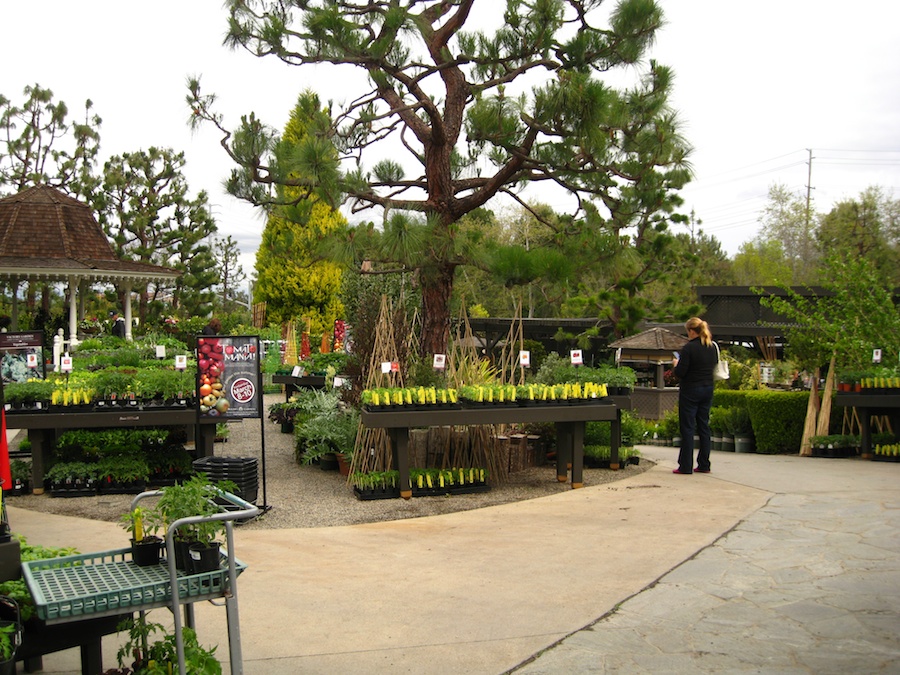
Off to Roger's Gardens for a Tomatomania Preview (We are good customers)
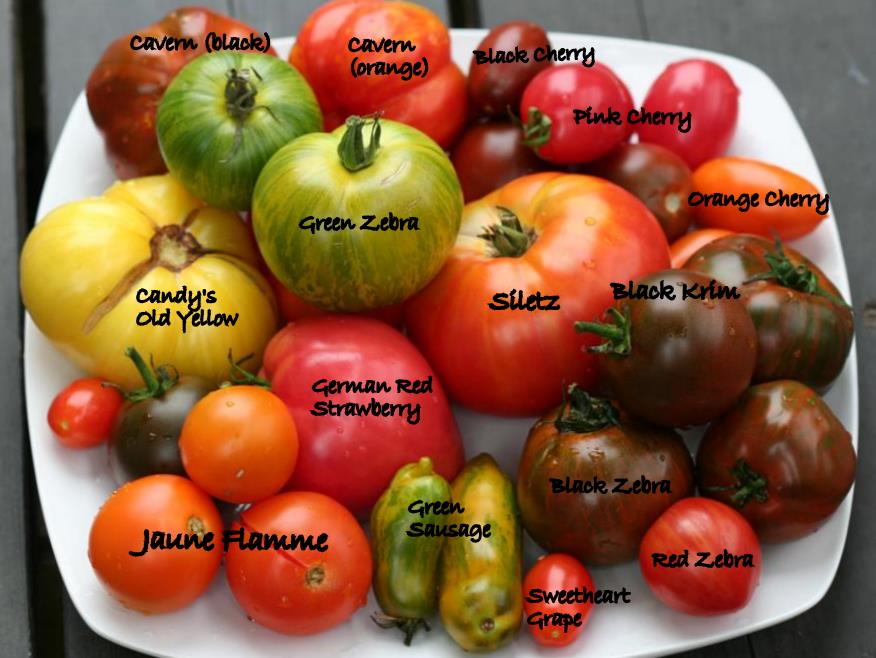
All tomatoes are not red and round!!!
Did You Know? - An heirloom tomato (also called heritage tomato in the UK) is an open-pollinated (non-hybrid) heirloom cultivar of tomato. Heirloom tomatoes have become increasingly popular and more readily available in recent years.
According to tomato experts Craig LeHoullier and Carolyn Male, heirloom tomatoes can be classified into four categories: family heirlooms, commercial heirlooms, mystery heirlooms, and created heirlooms. They are grown for a variety of reasons, such as historical interest, access to wider varieties, and by people who wish to save seeds from year to year, as well as for their taste, which is widely perceived to be better than modern tomatoes.
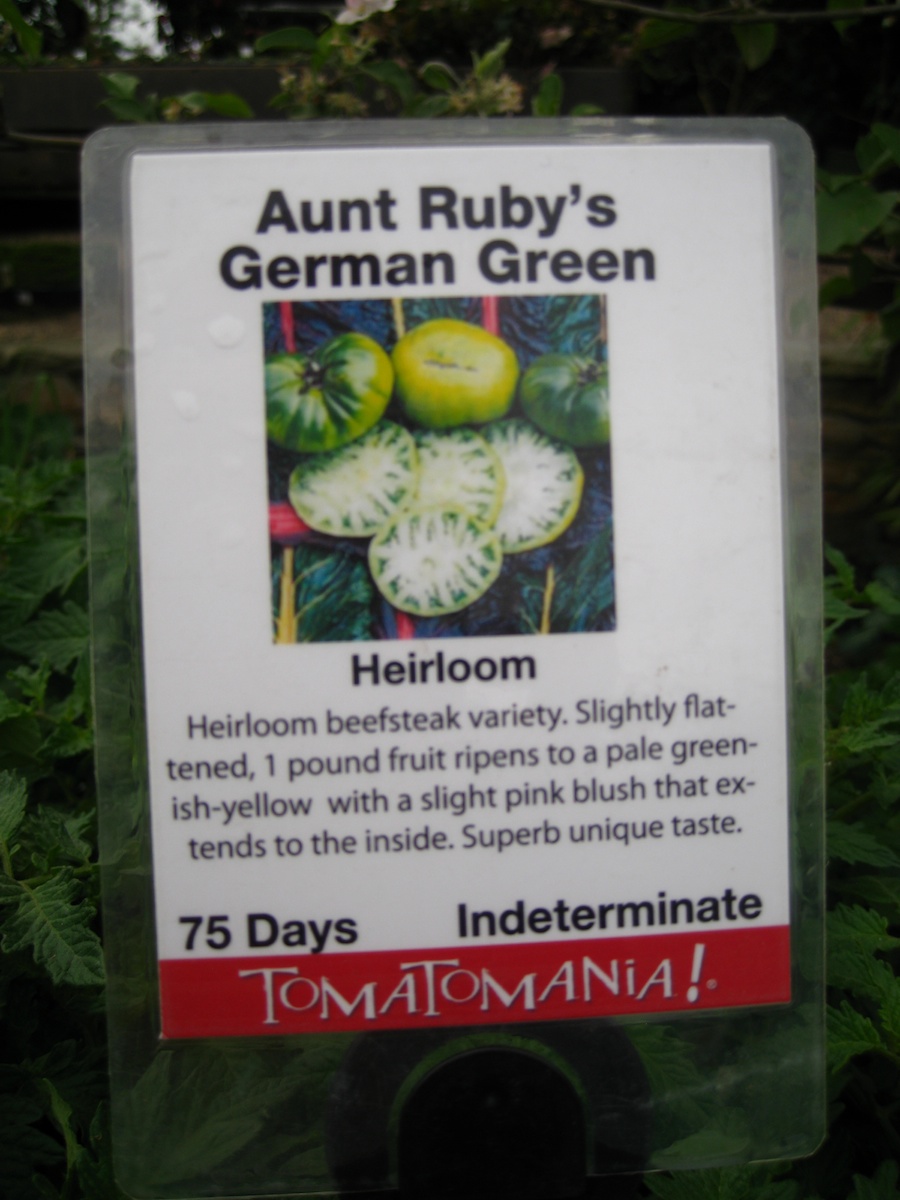
The signs tell all... Over 150 different tomatoes
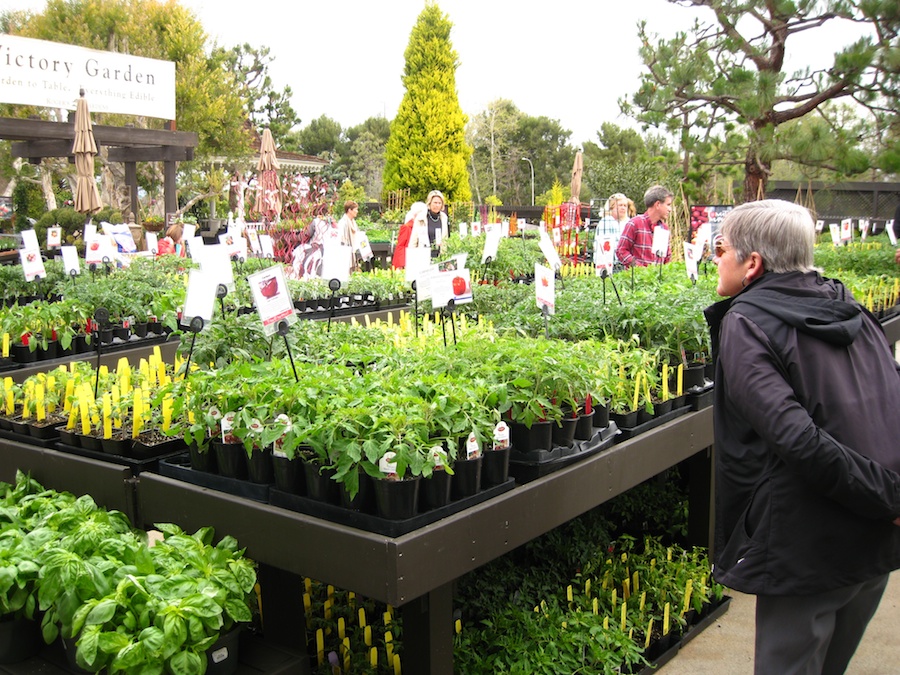
Decisions decisions

"I found it"
What Is The Downside??? You Gotta Plant 'Em
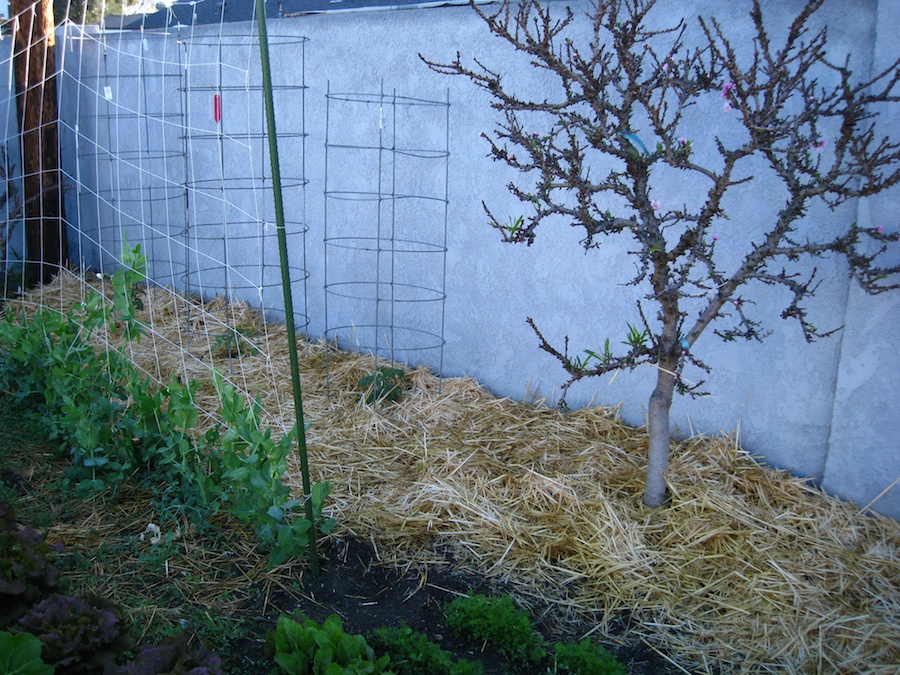
Difficult to see but three of the twenty-two little fellas went against the back wall
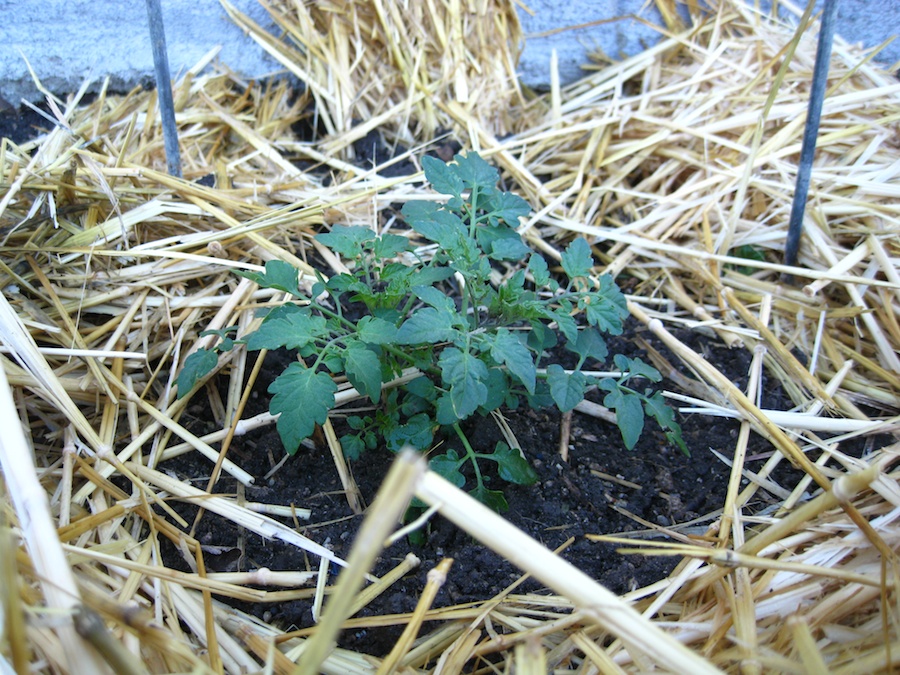
The straw mulch keeps the ground a) moist and b) warm
Did You Know? - A mulch is a layer of material applied to the surface of an area of soil. Its purpose is any or all of the following:-
1) to conserve moisture
2) to improve the fertility and health of the soil
3) to reduce weed growth
4) to enhance the visual appeal of the area
A mulch is usually but not exclusively organic in nature. It may be permanent (e.g. bark chips) or temporary (e.g. plastic sheeting). It may be applied to bare soil, or around existing plants. Mulches of manure or compost will be incorporated naturally into the soil by the activity of worms and other organisms. The process is used both in commercial crop production and in gardening, and when applied correctly can dramatically improve soil productivity.
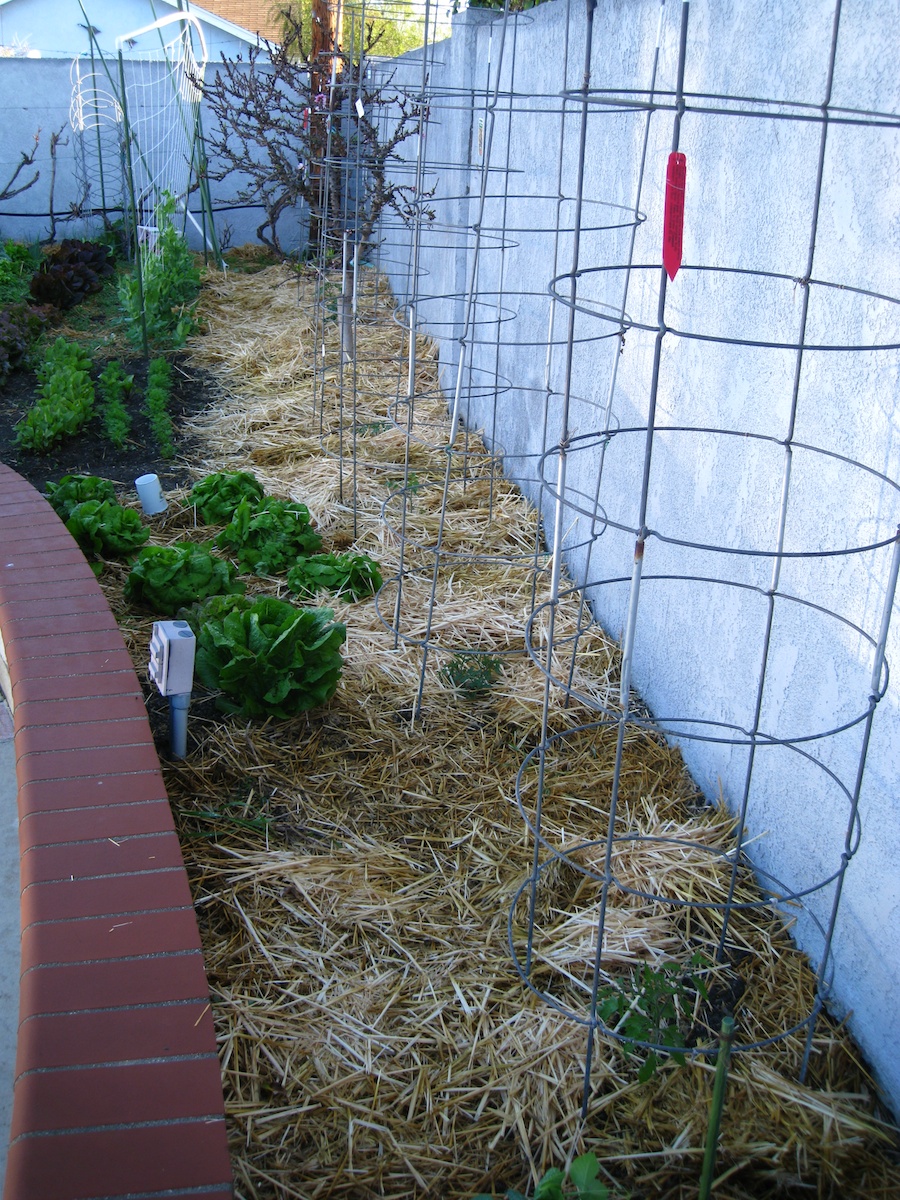
Seven different cherry tomatoes go along the back wall
Did You Know? - A cherry tomato is a very small variety of tomato that has been cultivated since at least the early 1800s[1] and thought to have originated in Peru and Northern Chile. Cherry tomatoes range in size from a thumbtip up to the size of a golf ball, and can range from being spherical to slightly oblong in shape. The more oblong ones often share characteristics with plum tomatoes, and are known as grape tomatoes.
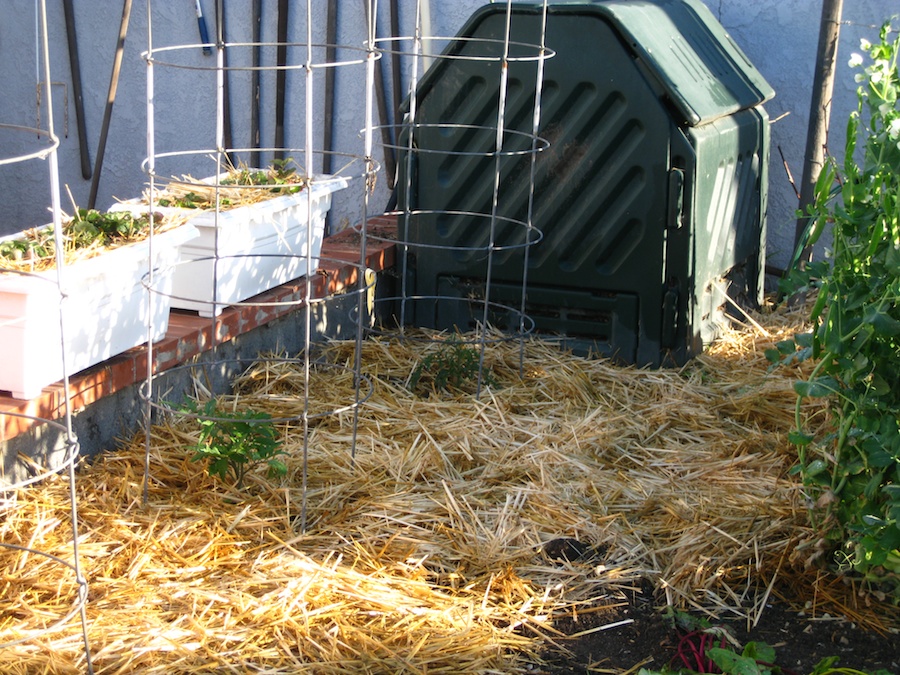
The larger varities are adjacent to the house for easy picking
(The green container is one of our three composters we use around the garden)
Did You Know? - Compost (pron.: /ˈkɒmpɒst/ or /ˈkɒmpoʊst/) is organic matter that has been decomposed and recycled as a fertilizer and soil amendment. Compost is a key ingredient in organic farming. At the simplest level, the process of composting simply requires making a heap of wetted organic matter (leaves, "green" food waste) and waiting for the materials to break down into humus after a period of weeks or months.
Modern, methodical composting is a multi-step, closely monitored process with measured inputs of water, air, and carbon- and nitrogen-rich materials. The decomposition process is aided by shredding the plant matter, adding water and ensuring proper aeration by regularly turning the mixture. Worms and fungi further break up the material.
Aerobic bacteria manage the chemical process by converting the inputs into heat, carbon dioxide and ammonium. The ammonium is further converted by bacteria into plant-nourishing nitrites and nitrates through the process of nitrification.
March 24th And All Is Well Go To Top Of Page
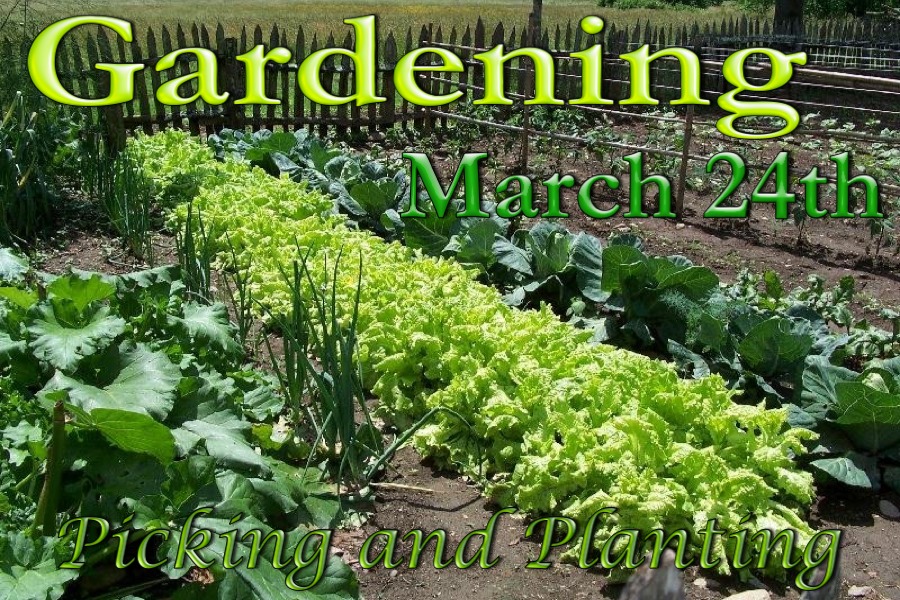
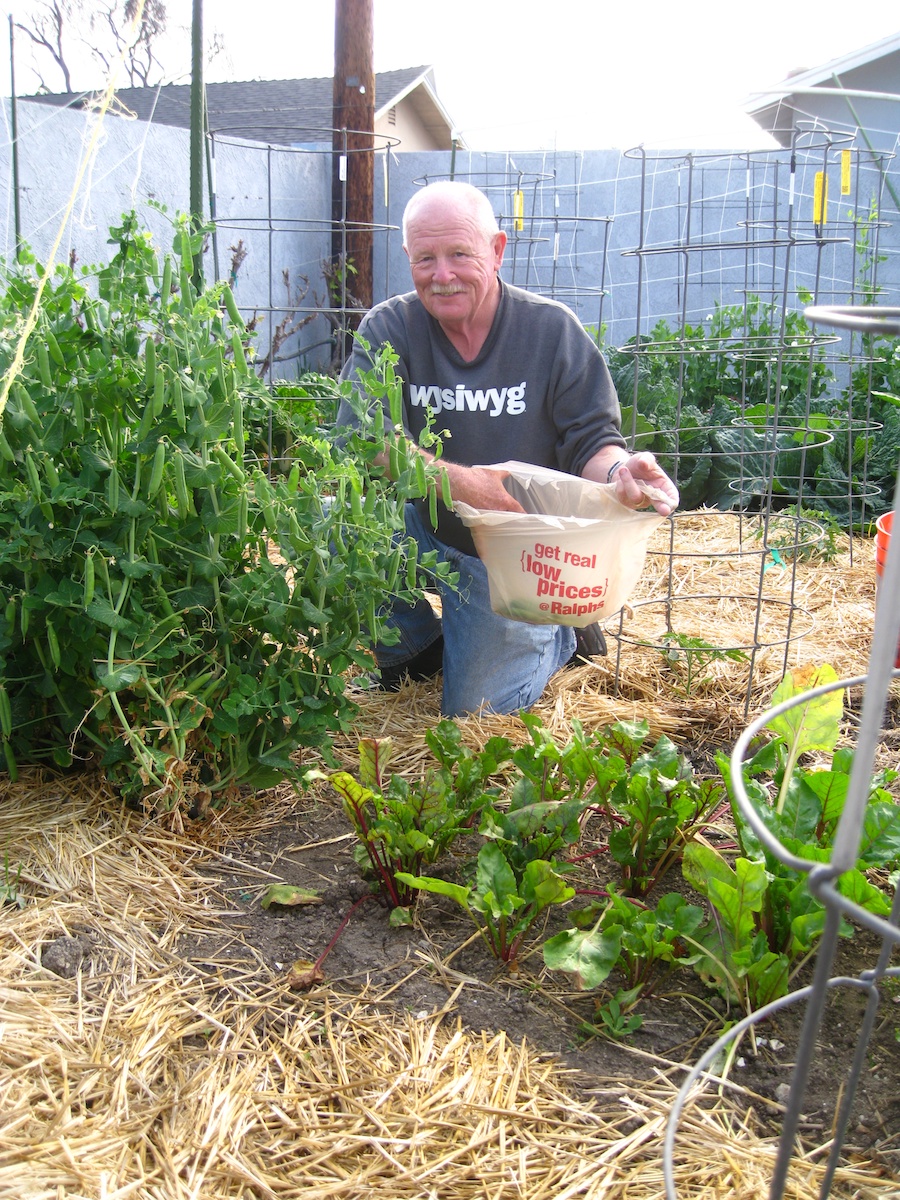
Paul is a real "Pea Picker"
Did You Know? - We don't usually think about green peas as an exotic food in terms of nutrient composition—but we should. Because of their sweet taste and starchy texture, we know that green peas must contain some sugar and starch (and they do). But they also contain a unique assortment of health-protective phytonutrients. One of these phytonutrients—a polyphenol called coumestrol--has recently come to the forefront of research with respect to stomach cancer protection. A Mexico City-based study has shown that daily consumption of green peas along with other legumes lowers risk of stomach cancer (gastric cancer), especially when daily coumestrol intake from these legumes is approximately 2 milligrams or higher. Since one cup of green peas contains at least 10 milligrams of coumestrol, it's not difficult for us to obtain this remarkable health benefit.

Did You Know? - A pea-picker is a derogatory reference to poor, migrant workers during the Great Depression. These people were unskilled, poorly educated workers, employable only in menial jobs, such as harvesting crops and, as such, received poor wages for working long hours under dreadful conditions. Some of these people were photographed by Dorothea Lange.
The term "pea picker" is used to distinguish a group as a lower social class from some other similar group, such as the "pea-picking" Smiths, as opposed to the "respectable" Smiths.
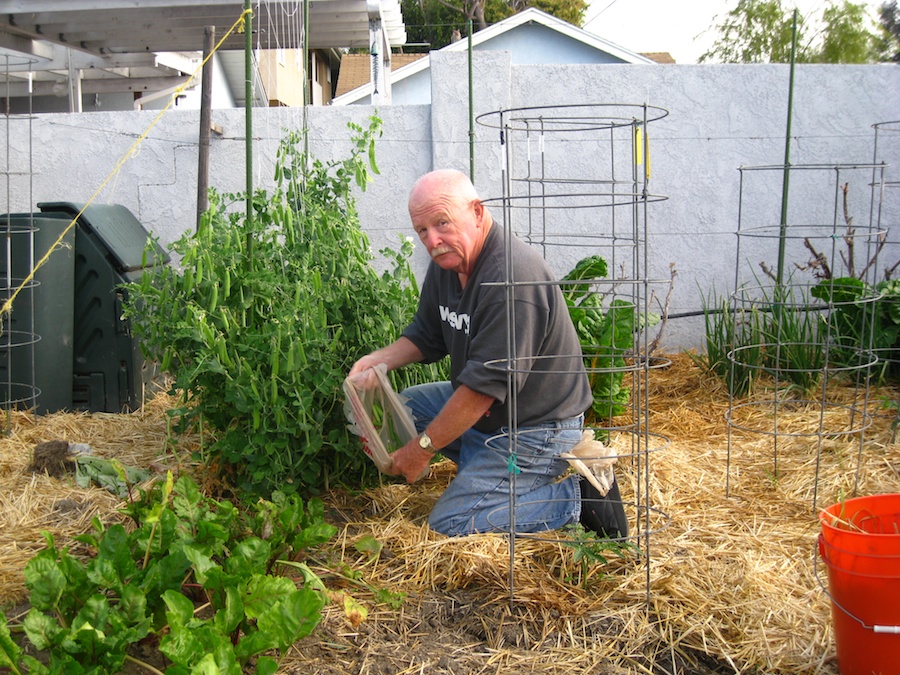
You have to reach inside the pea plants for the biggest ones
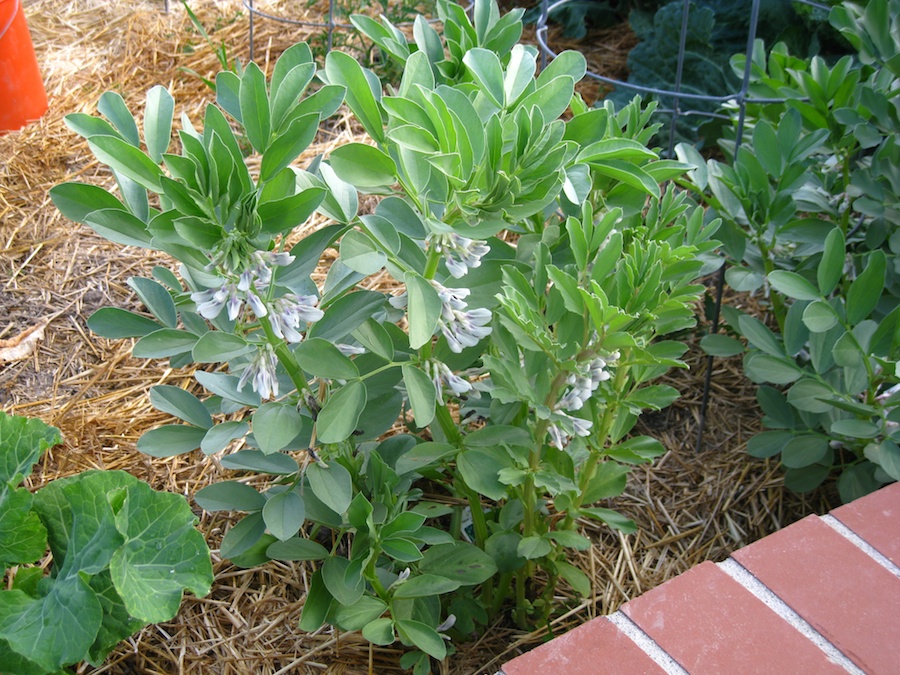
We planted fava beans this year
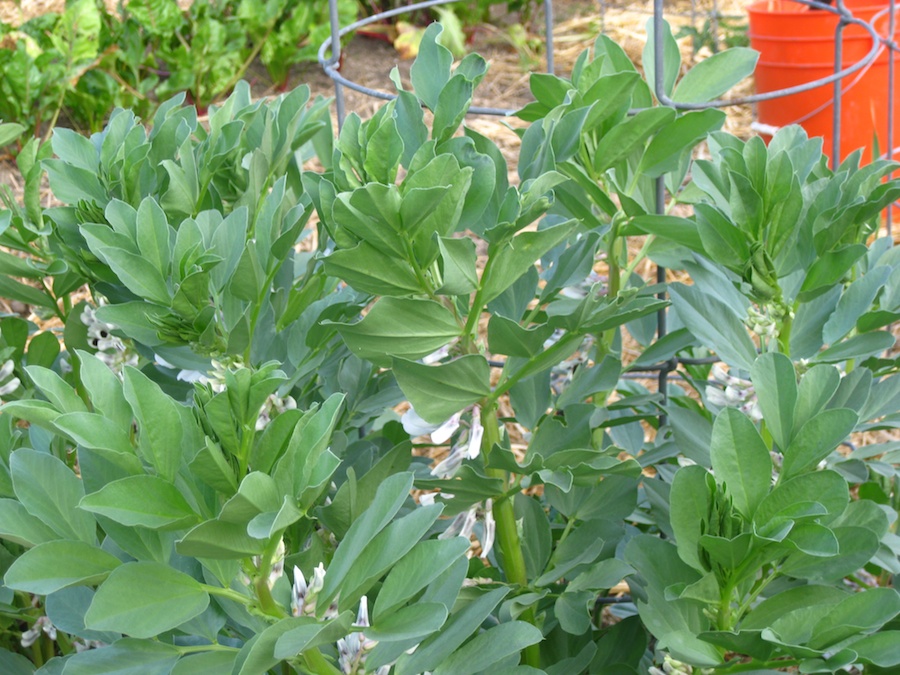
We will be cooking these puppies in a couple of months
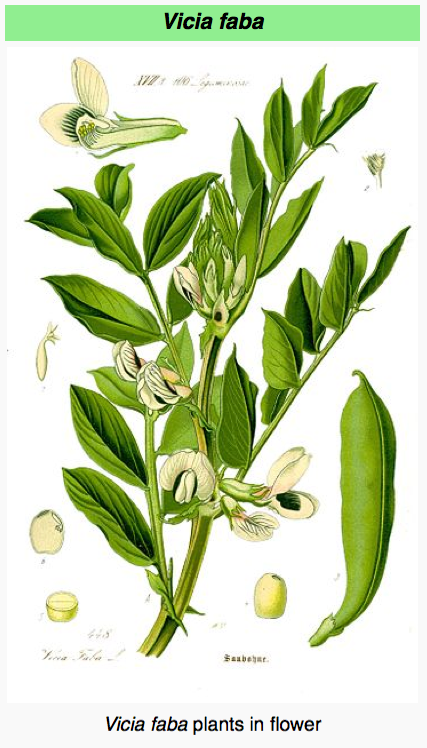
Did You Know? - Vicia faba, also known as the broad bean, fava bean, faba bean, field bean, bell bean, or tic bean, is a species of bean (Fabaceae) native to North Africa, southwest and south Asia, and extensively cultivated elsewhere.
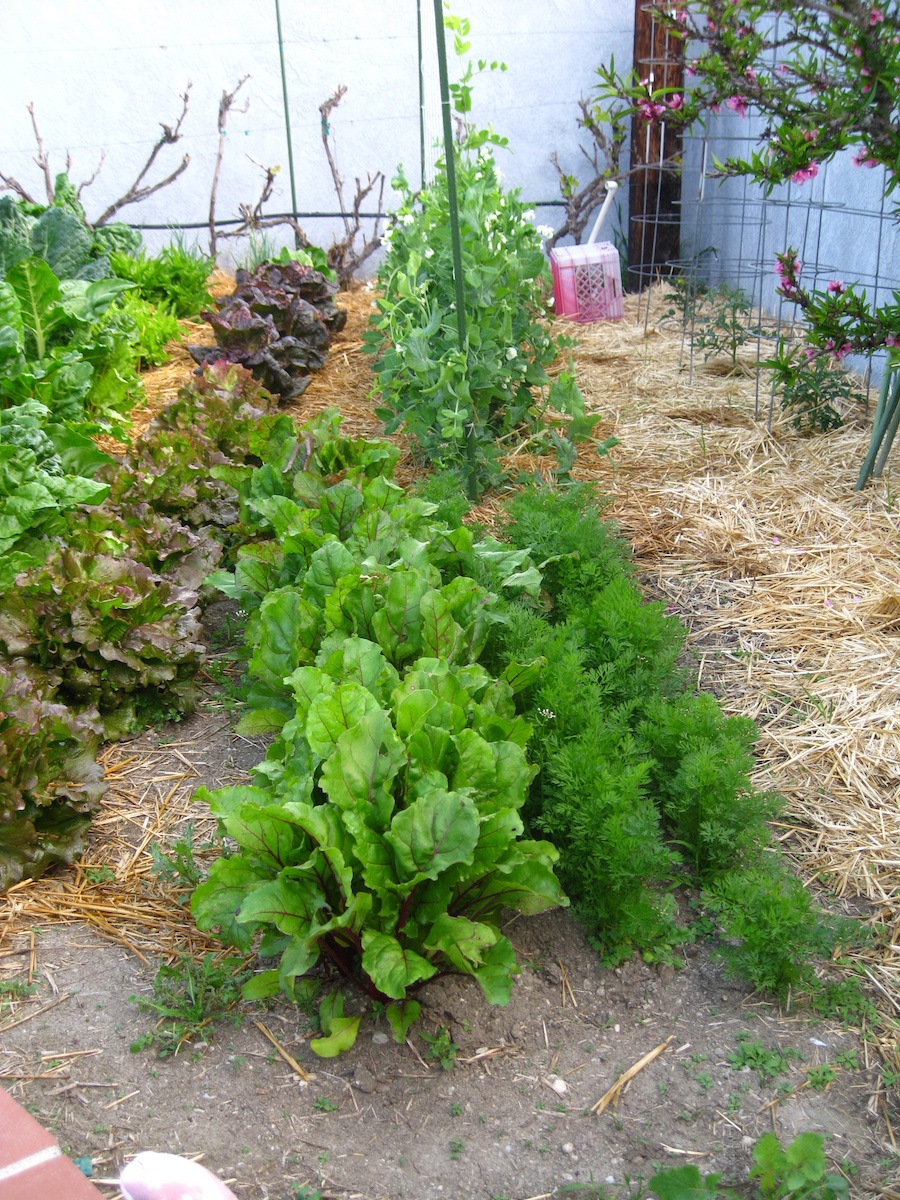
Left to right: Lettuce, beets, carrots with peas in the background - Grapes along the fence
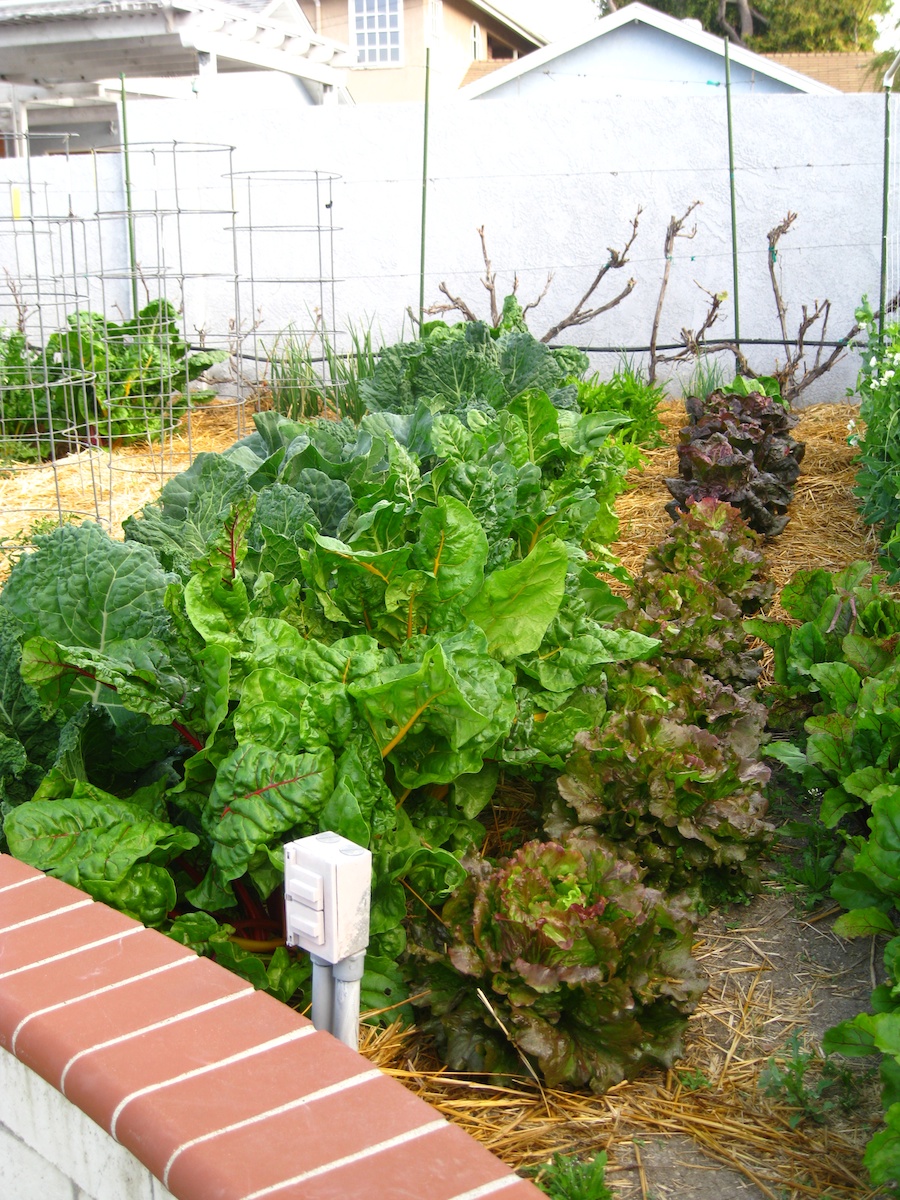
Cabbage, Swiss chard, lettuce - Great veggies
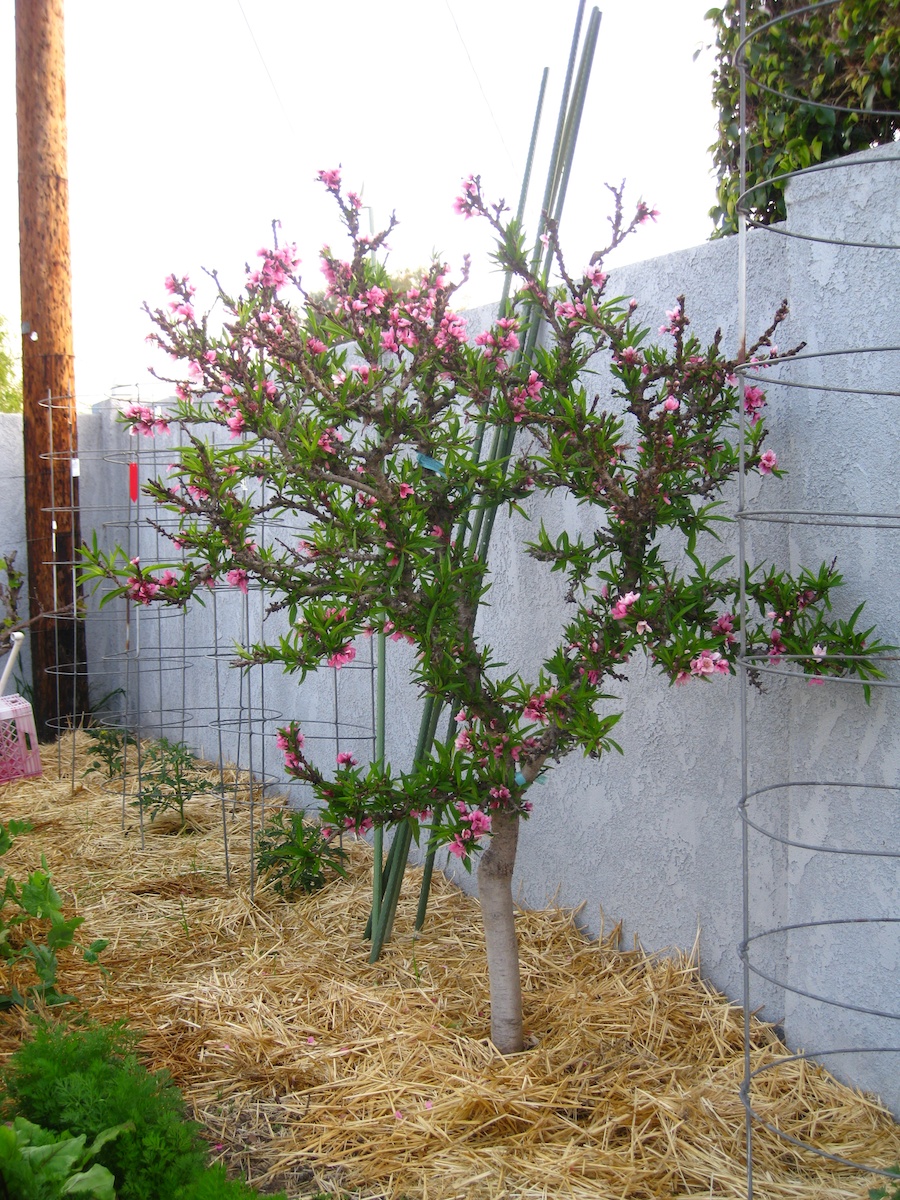
The nectarine tree is going wild again
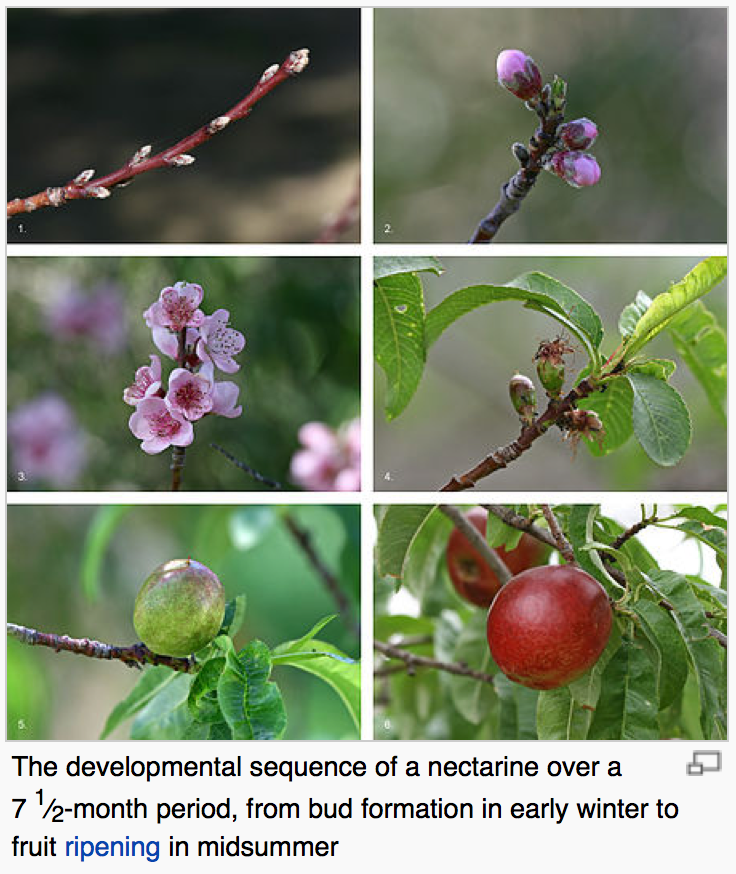
Did You Know? - Peaches and nectarines are the same species, even though they are regarded commercially as different fruits. Nectarines have smooth skin, while peaches have fuzzy skin; genetic studies suggest nectarines are produced due to a recessive allele, whereas peaches are produced from dominant allele for fuzzy skin.
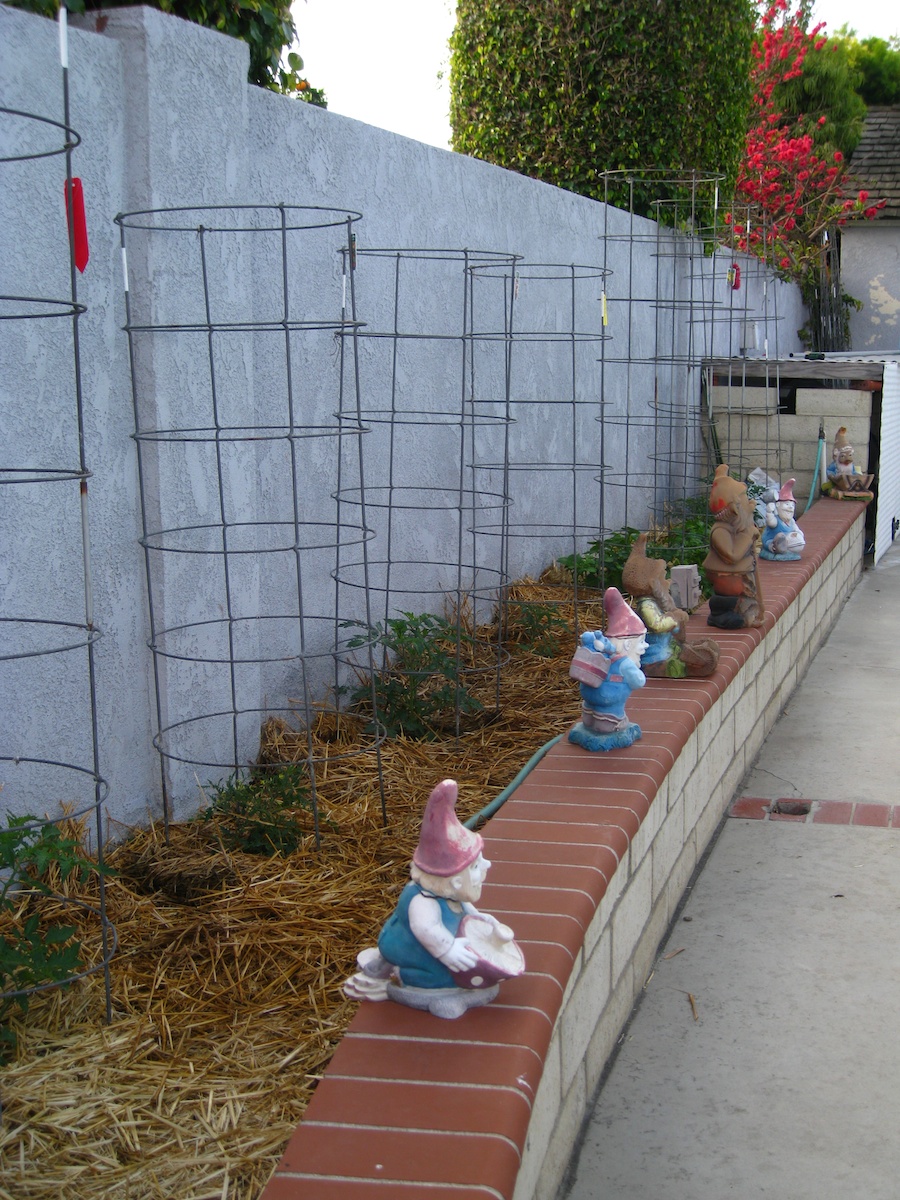
Cherry tomatoes are growing

The blue berries are doing quite well
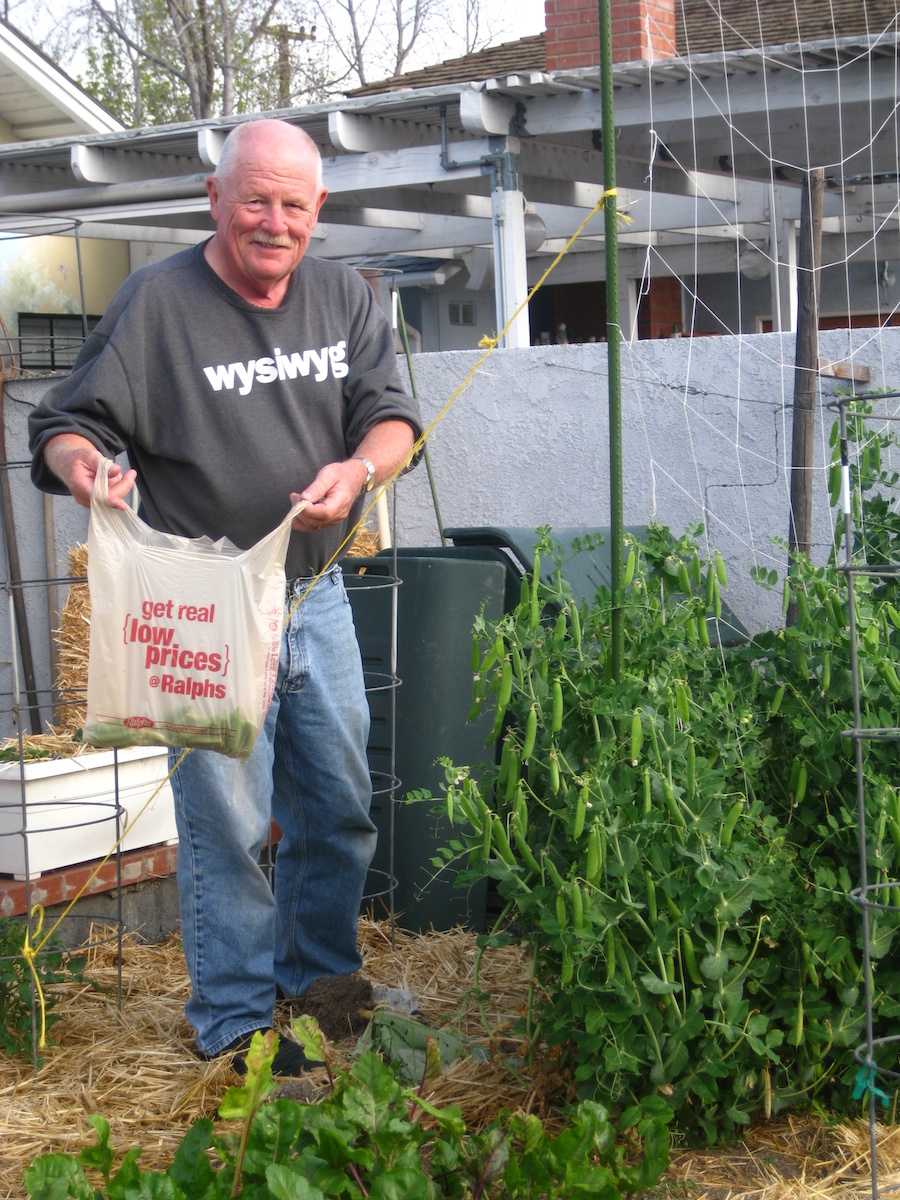
Bag of peas in process
Did You Know? - Even though green peas are an extremely low-fat food (with approximately one-third gram of total fat per cup) the type of fat and fat-soluble nutrients they contain is impressive. Recent research has shown that green peas are a reliable source of omega-3 fats in the form of alpha-linolenic acid (ALA). In one cup of green peas, you can expect to find about 30 milligrams of ALA. About 130 milligrams of the essential omega-6 fatty acid, linoleic acid, can also be found in a cup of green peas. This very small but high-quality fat content of green peas helps provide us with important fat-soluble nutrients from this legume, including sizable amounts of beta-carotene and small but valuable amounts of vitamin E.
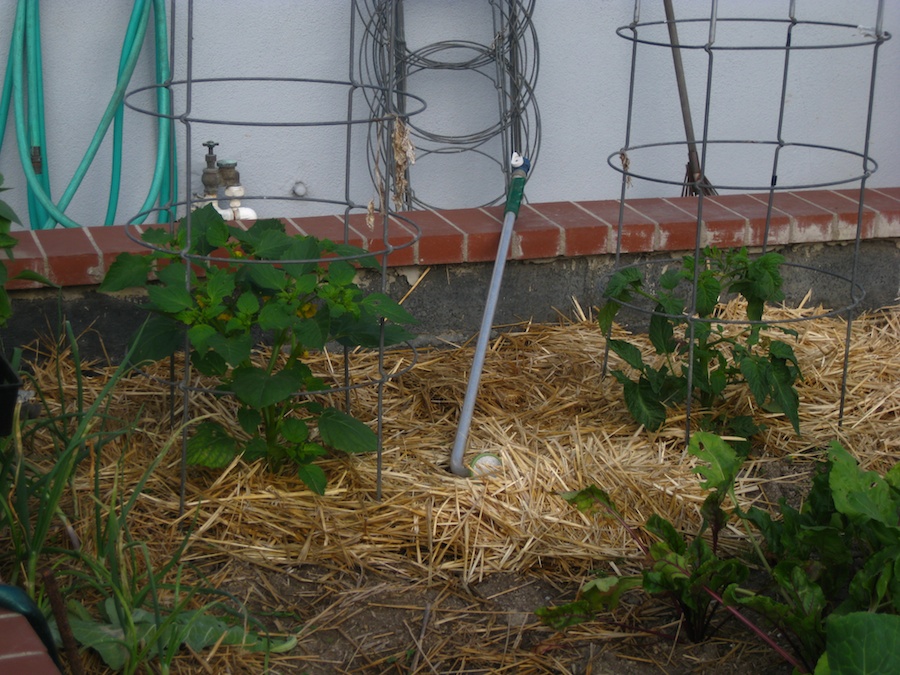
The watering tube is needed to avoid putting water directly on the tomato plants
May 25th The Garden Is Going Full Blast Go To Top Of Page
It has been pretty cool for the last month but the plants are growing well.
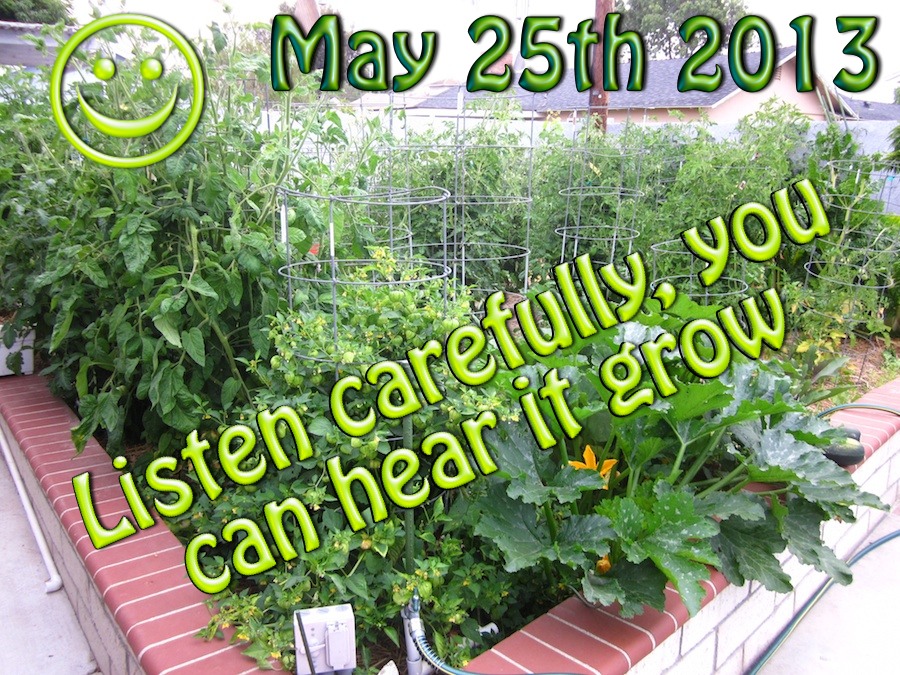
Tomatillos and squash are right out front....
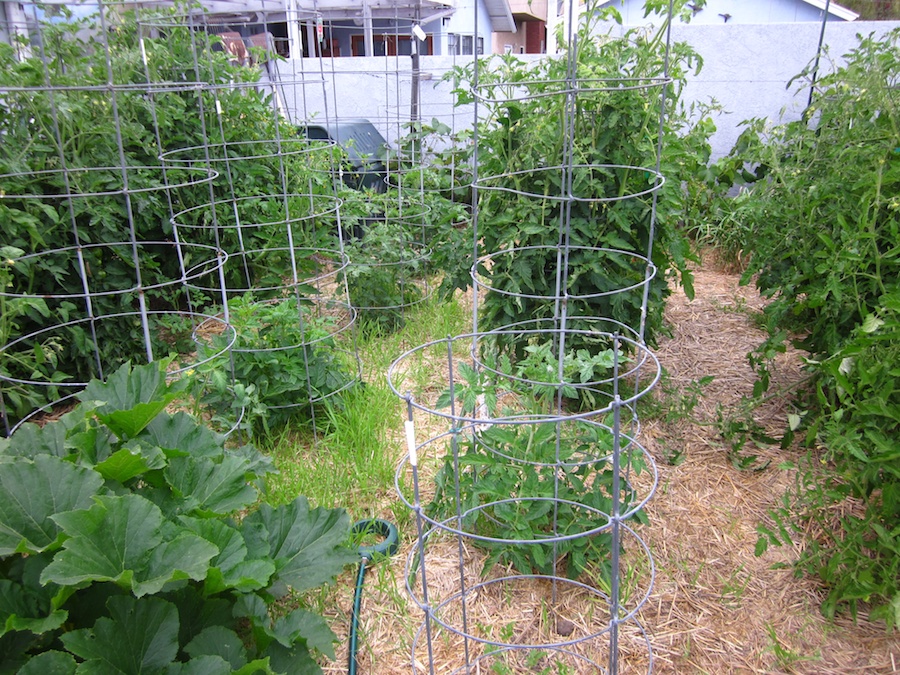
We have tomatos planted about a month apart so we have a continual harvest
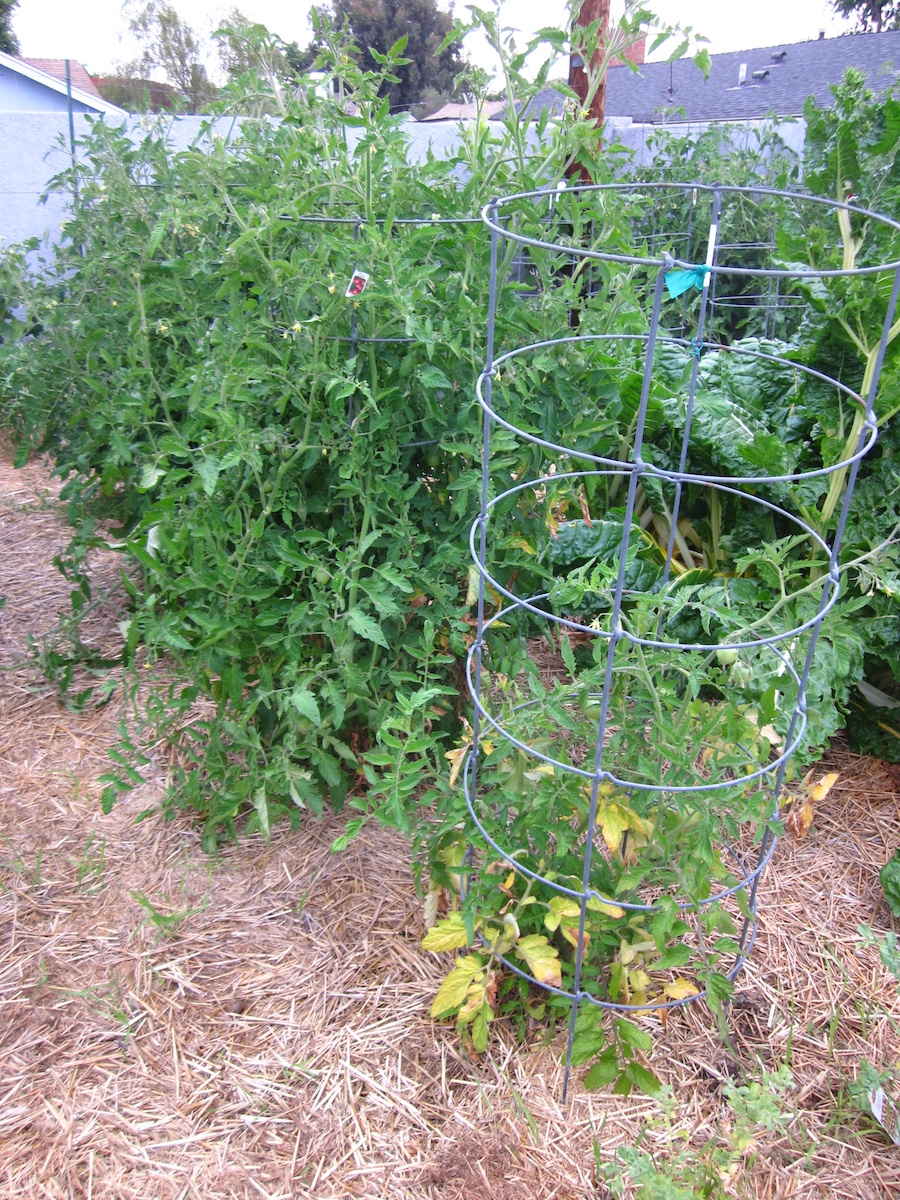
The mulch is doing well
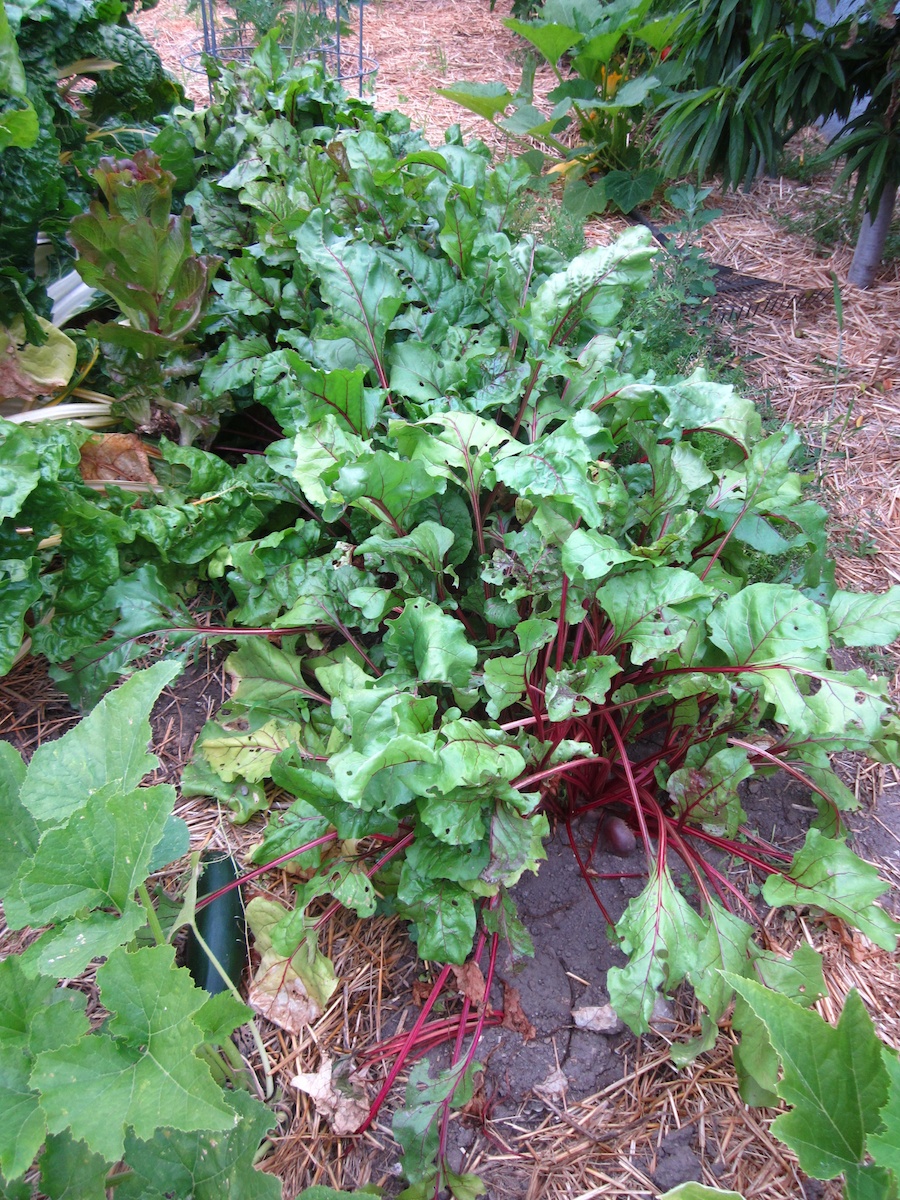
Beets all the time
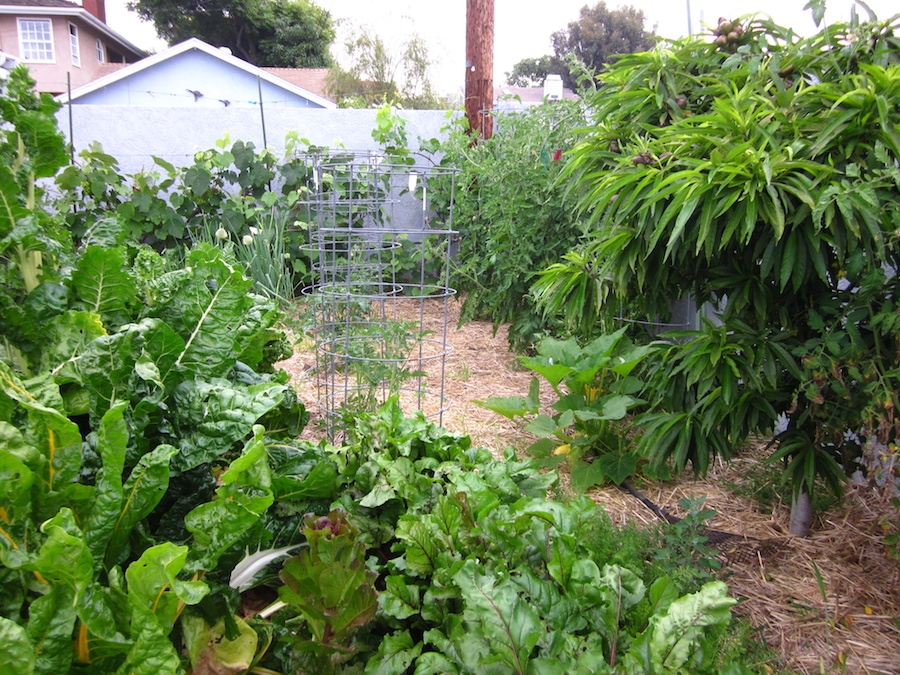
The onions are beginning to be harvestable
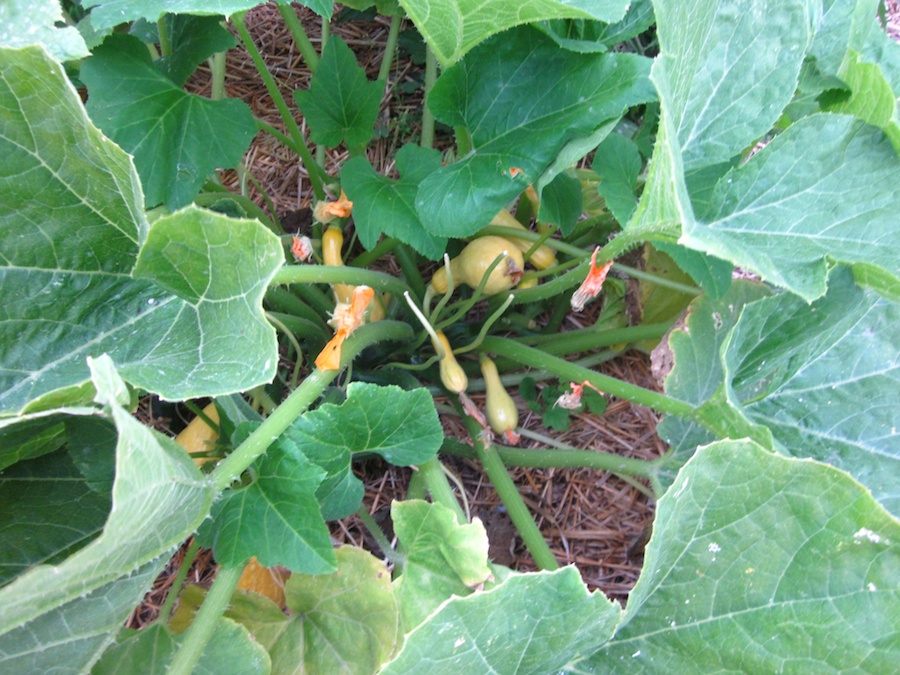
Baby crook-neck squash
Did You Know? - Yellow crookneck squash is one of the many cultivars of Cucurbita pepo, the species that also includes some pumpkins and most other summer squashes. The plants are bushy, and do not spread like the plants of winter squash and pumpkin. It is most often used as a summer squash, and is characterized by its bumpy, yellow skin and sweet yellow flesh, as well as its distinctive curved stem-end or "crooked neck".
It should not be confused with crookneck cultivars of Cucurbita moschata, such as the winter squash 'Golden Cushaw', or the vining summer squash 'Tromboncino'. Its name distinguishes it from its close relative, the yellow summer squash, which has a straight neck.
Yellow crookneck squash are generally harvested immature, when they are less than two inches in diameter, since the skin toughens and the quality degrades as the squash reaches full maturity.
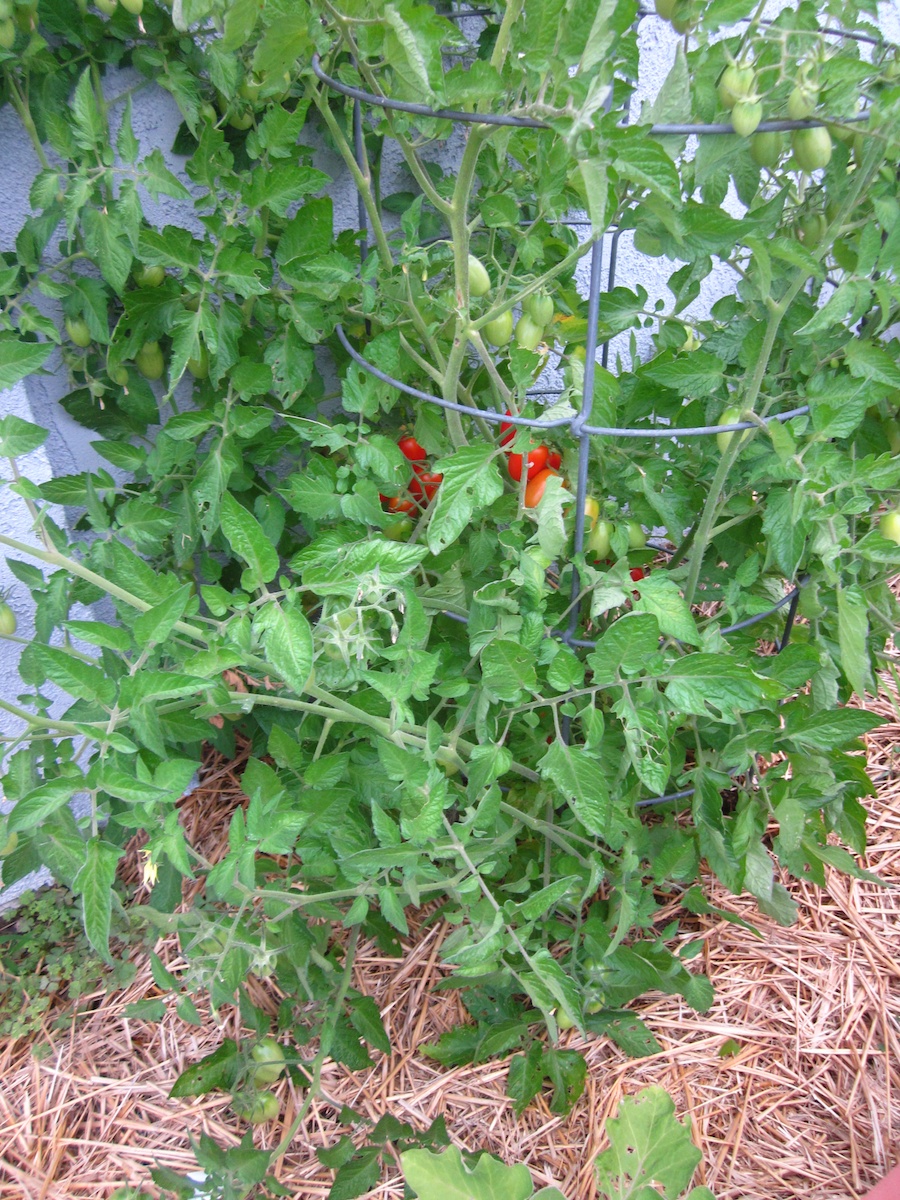
They are ready and delicious...
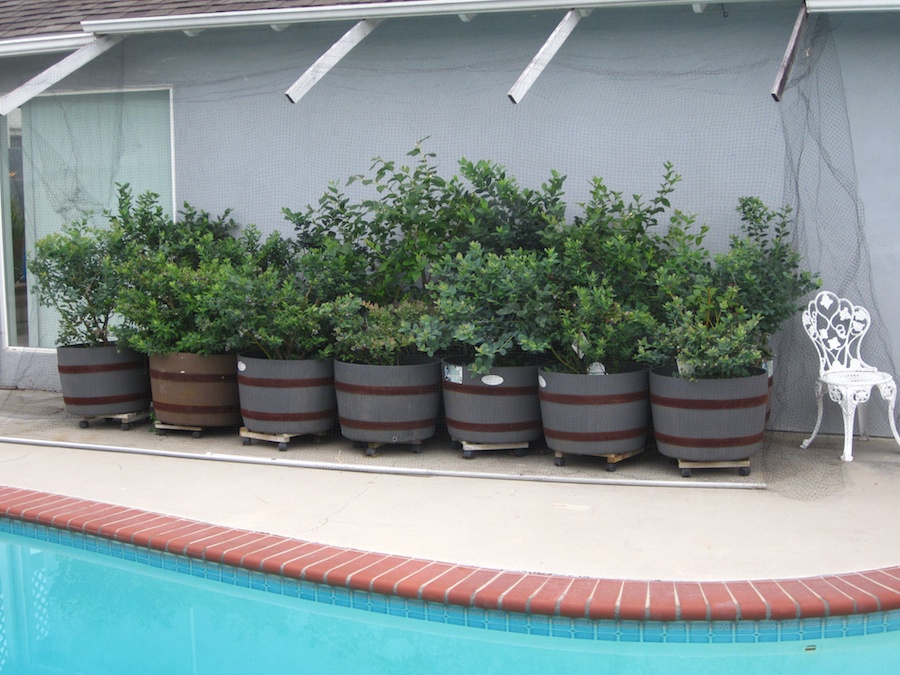
We pick blue berries every day now
Did You Know? - Blueberries are perennial flowering plants with indigo-colored berries in the section Cyanococcus within the genus Vaccinium (a genus that also includes cranberries and bilberries). Species in the section Cyanococcus are the most common fruits sold as "blueberries" and are native to North America (commercially cultivated highbush blueberries were not introduced into Europe until the 1930s).
They are usually erect, but sometimes prostrate shrubs varying in size from 10 centimeters (3.9 in) to 4 meters (13 ft) tall. In commercial blueberry production, smaller species are known as "lowbush blueberries" (synonymous with "wild"), and the larger species are known as "highbush blueberries".
The leaves can be either deciduous or evergreen, ovate to lanceolate, and 1–8 cm (0.39–3.1 in) long and 0.5–3.5 cm (0.20–1.4 in) broad. The flowers are bell-shaped, white, pale pink or red, sometimes tinged greenish. The fruit is a berry 5–16 millimeters (0.20–0.63 in) in diameter with a flared crown at the end; they are pale greenish at first, then reddish-purple, and finally dark blue when ripe.
They have a sweet taste when mature, with variable acidity. Blueberry bushes typically bear fruit in the middle of the growing season: fruiting times are affected by local conditions such as altitude and latitude, so the height of the crop can vary from May to August depending upon these conditions
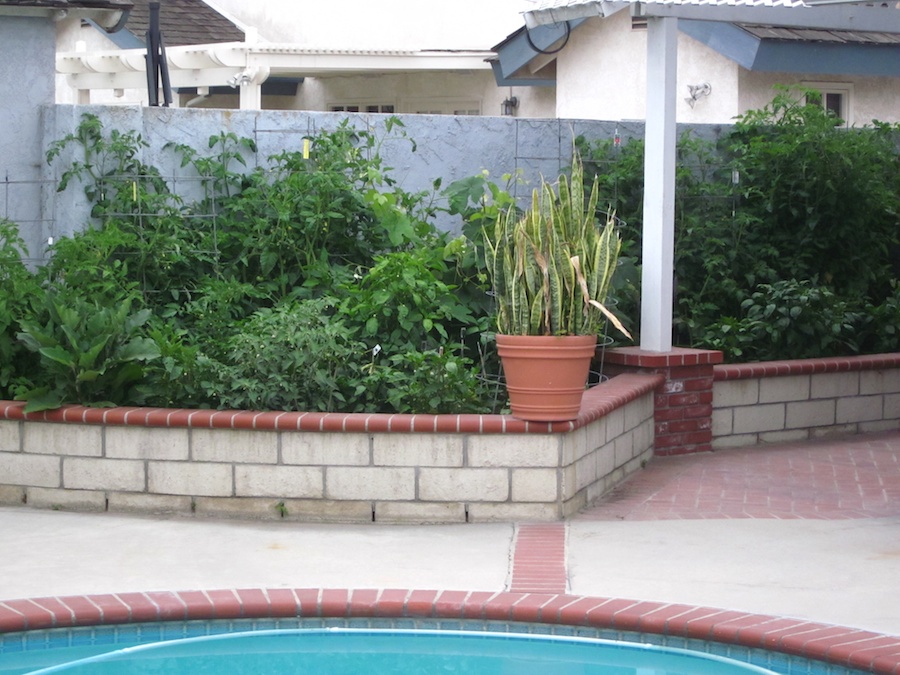
Peppers, cantelope, and tomatos are going well
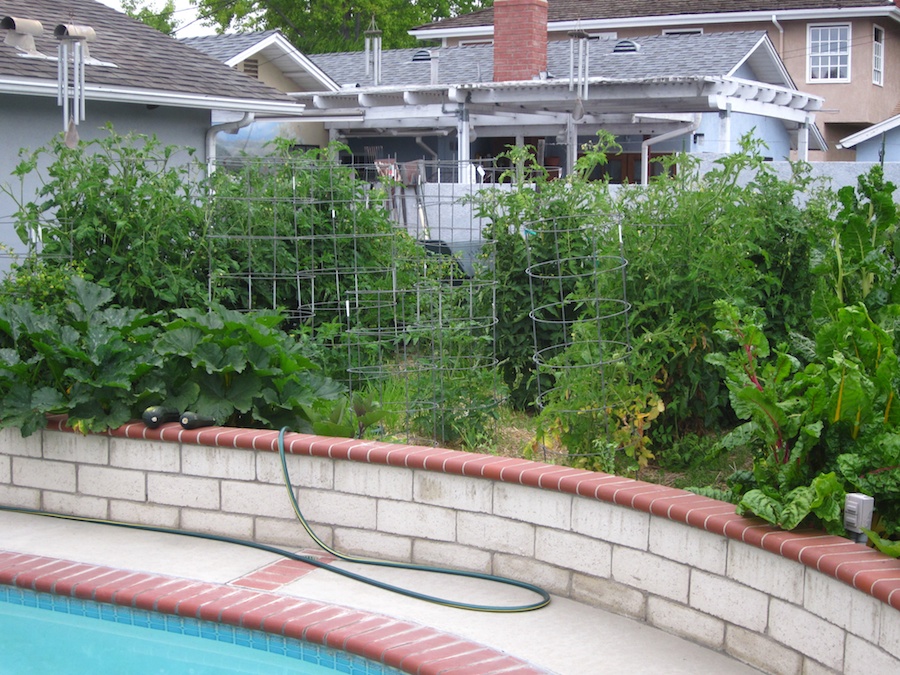
The tomatos are going over the six foot wall
May 25th In The Front Yard
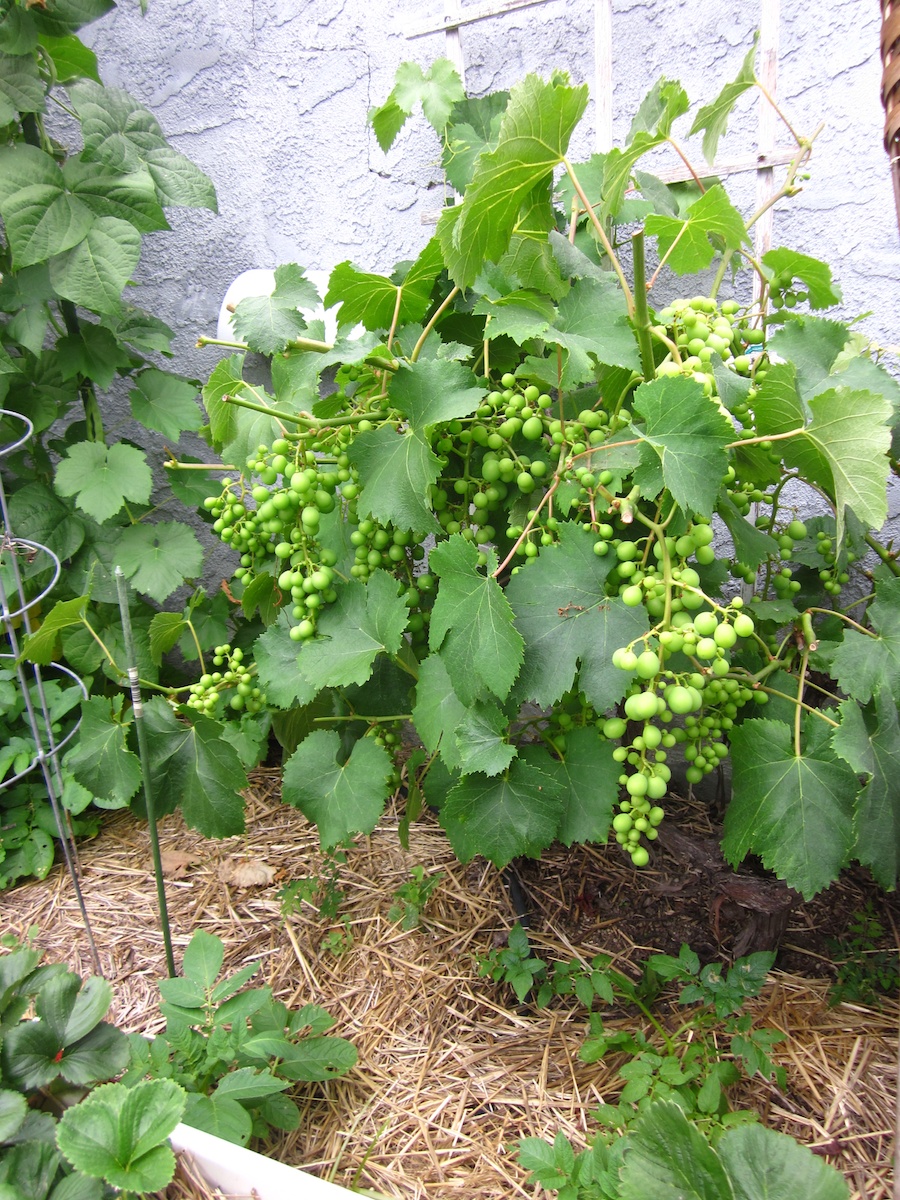
The grapes are doing well 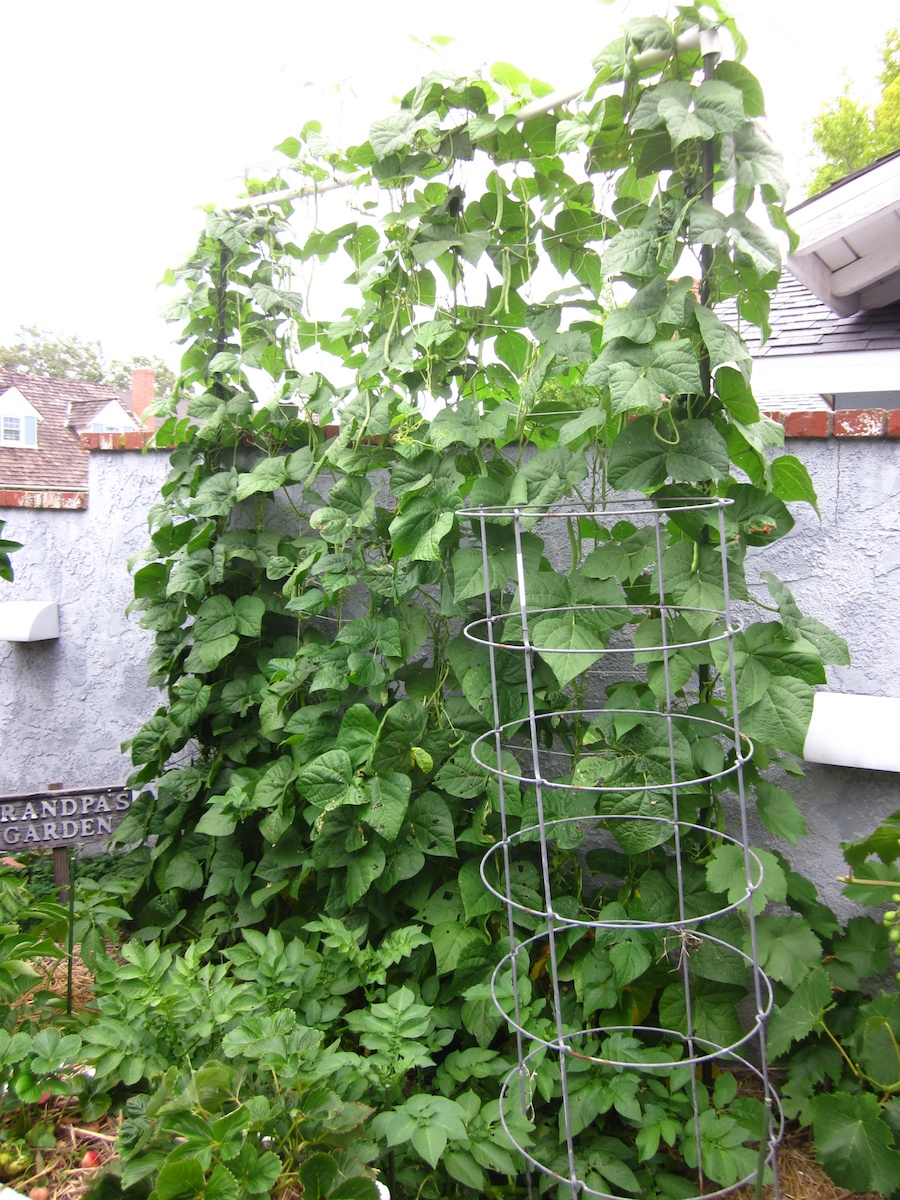
We have string beans all the time now
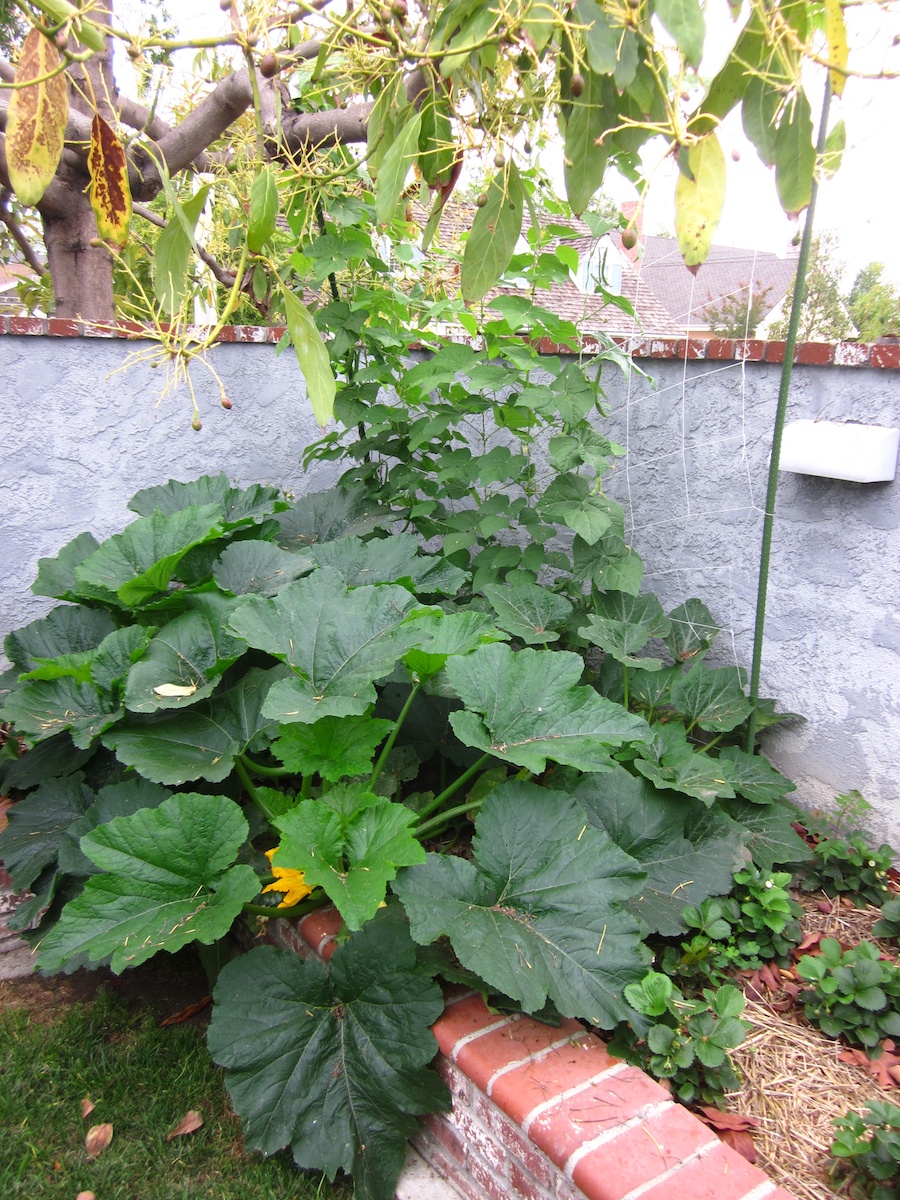
Squash and string beans galore

The onions act as a border for the tomatos
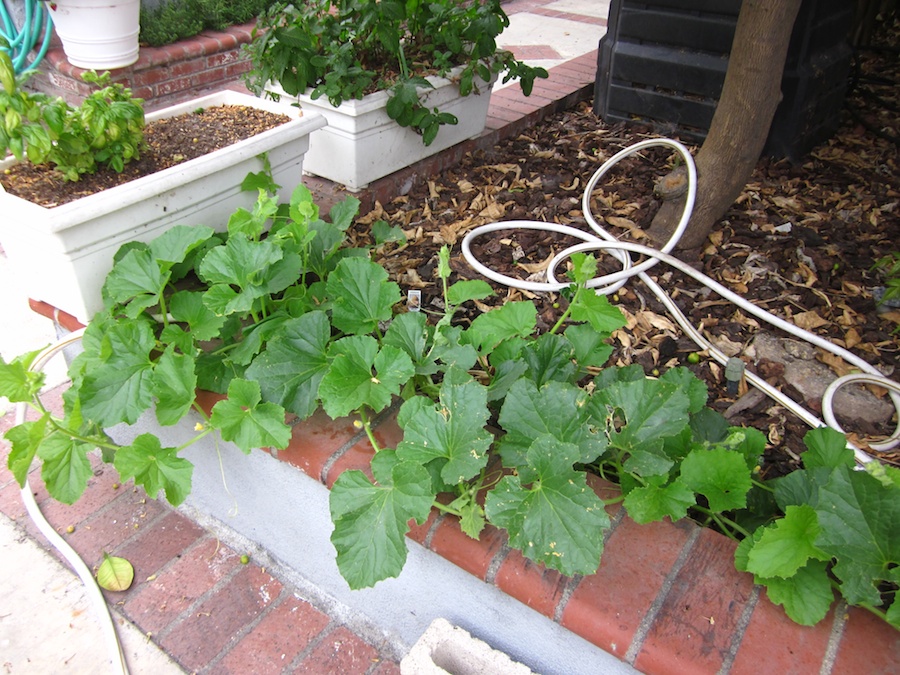
Cantelopes will be growing on these vines in a few weeks
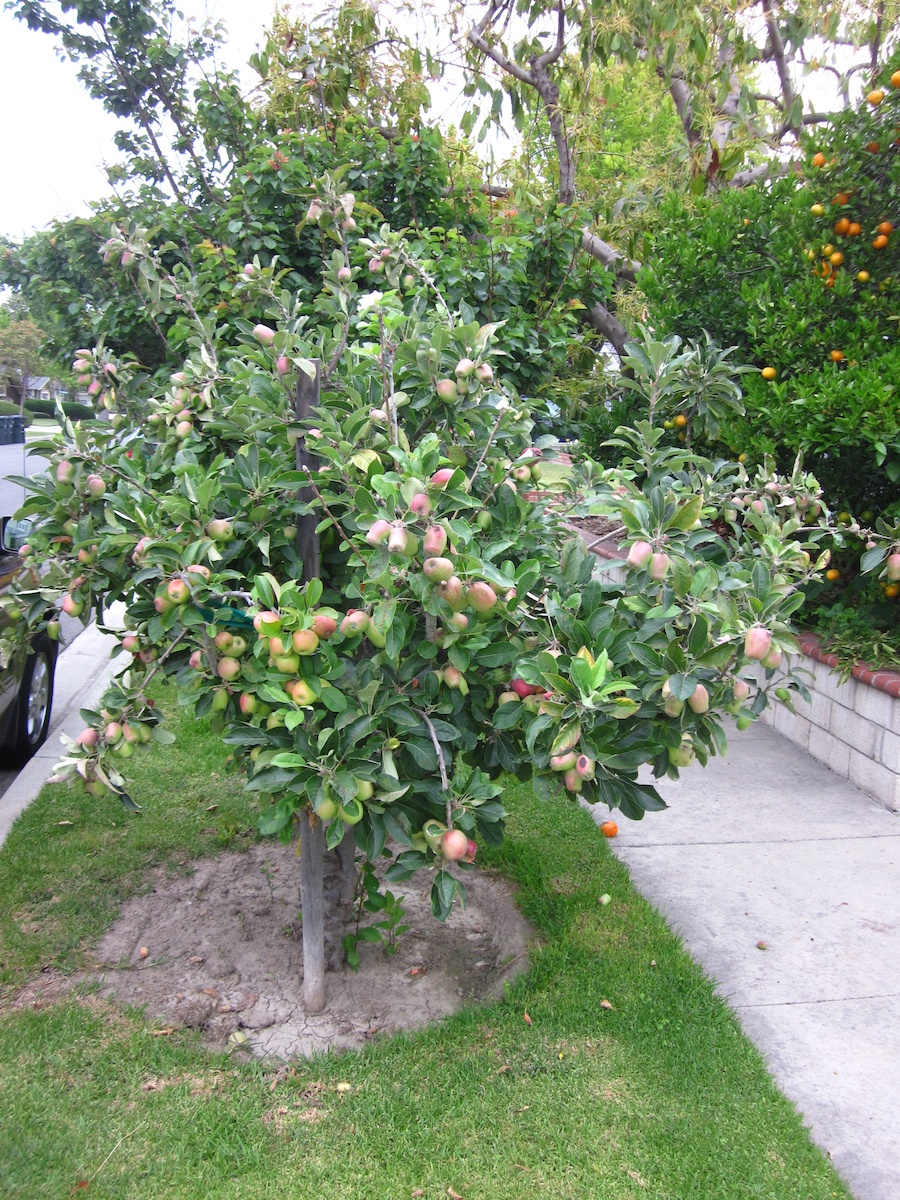
The apple tree is going nuts
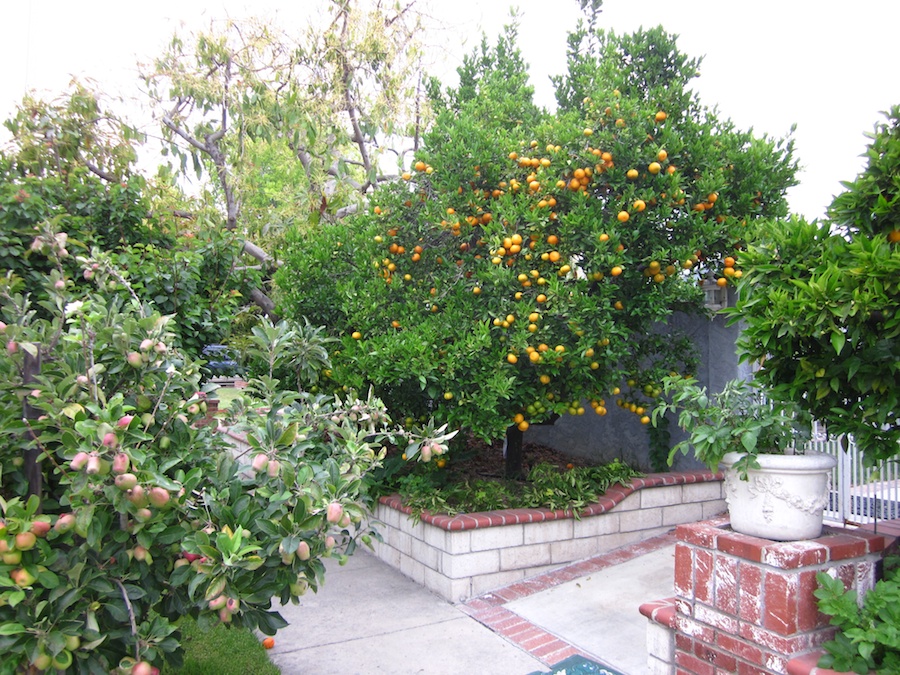
We still have oranges on the trees

These little guys are potato plants... The potatos are ready when the green turns brown
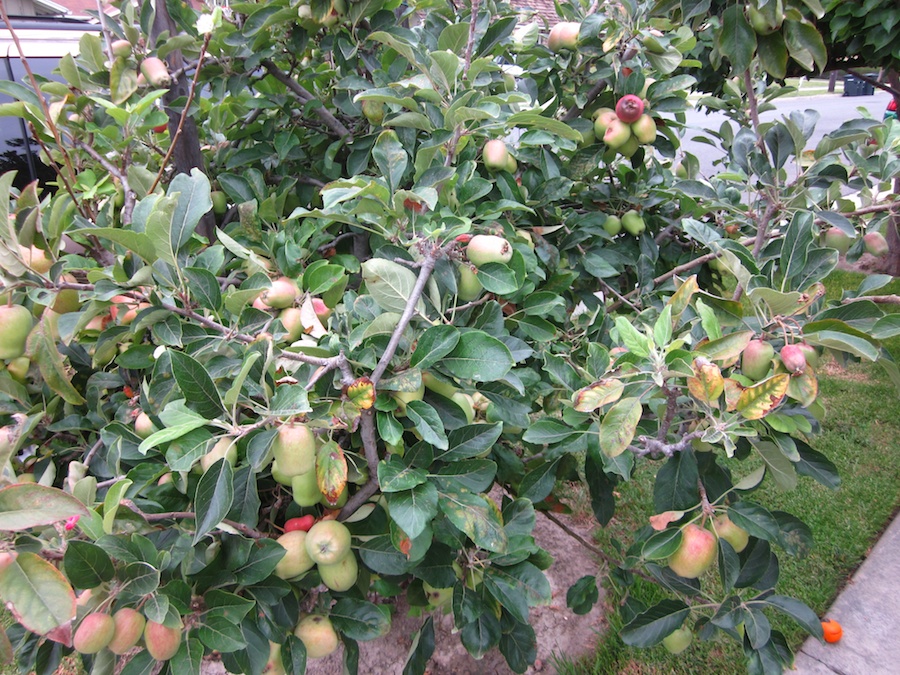
Crazy number of apples
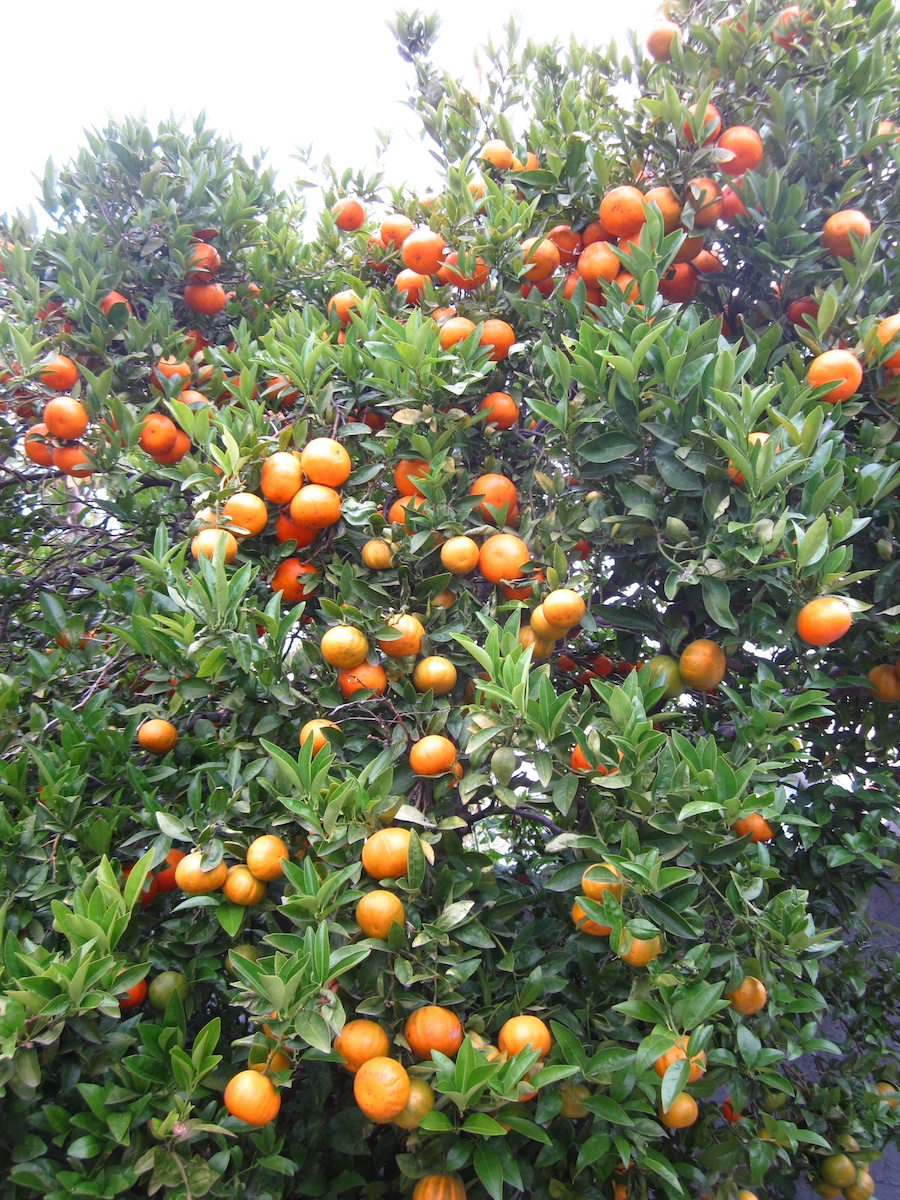
Start squeezing
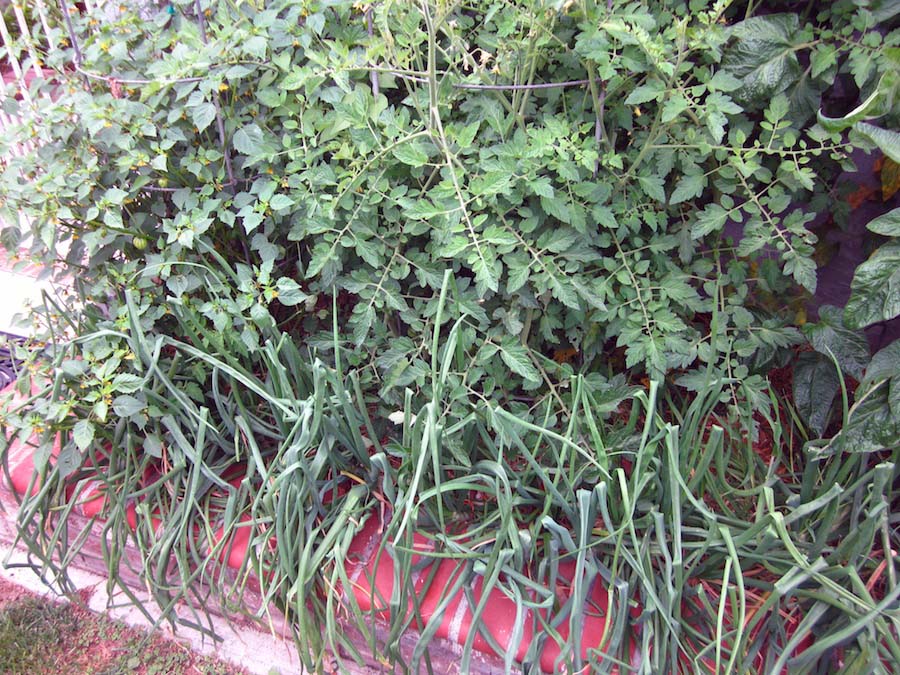
In the heat of the afternoon one can smell the onions
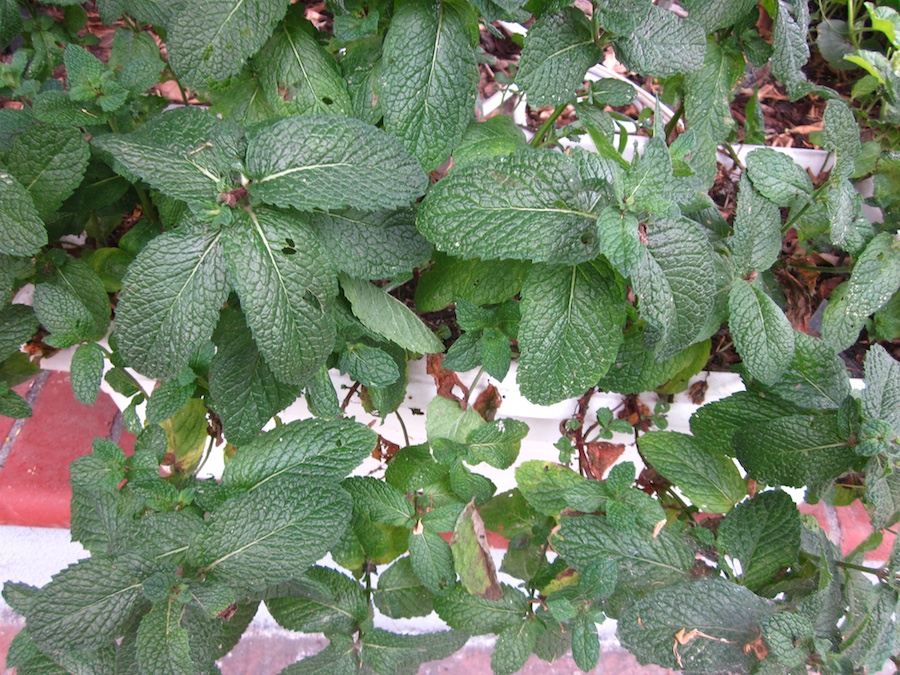
Mint seems to grow wild
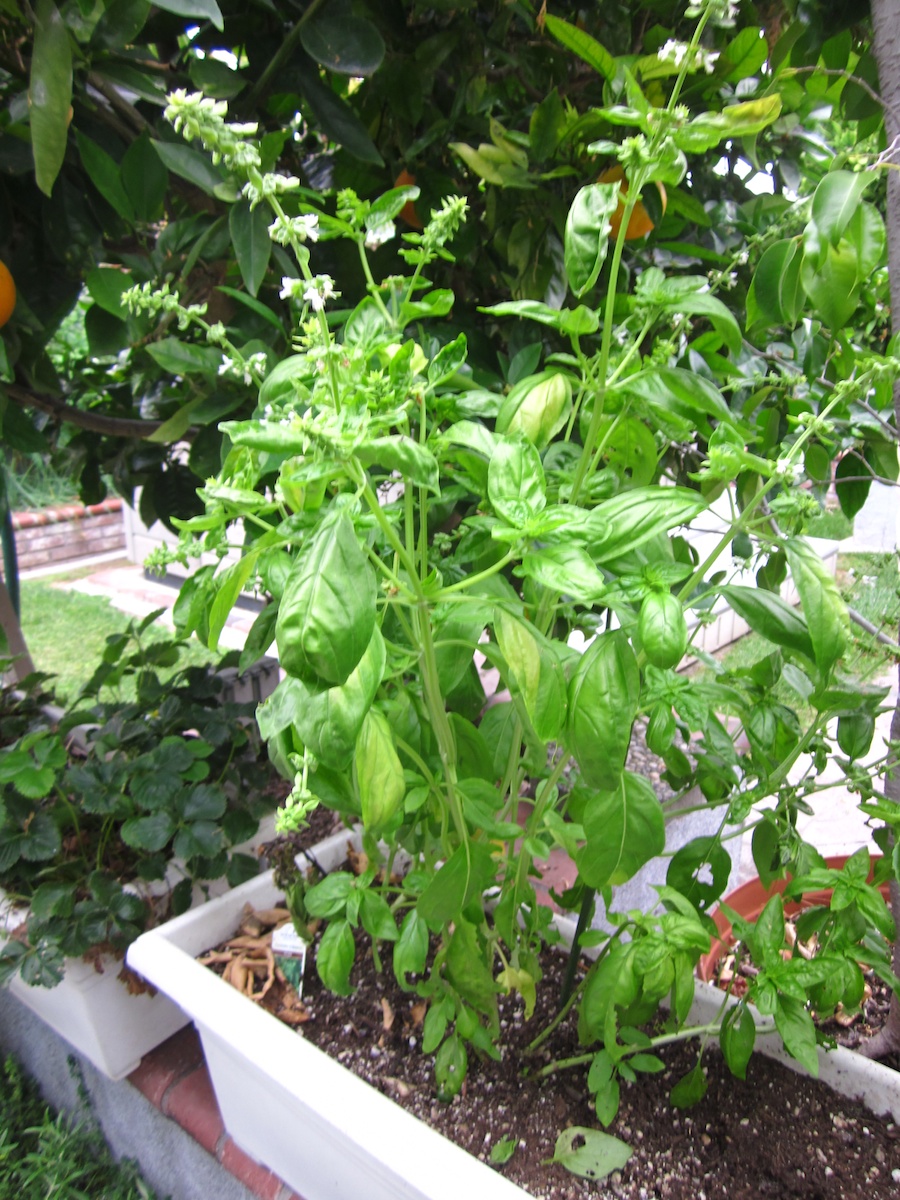
The basil looks so good
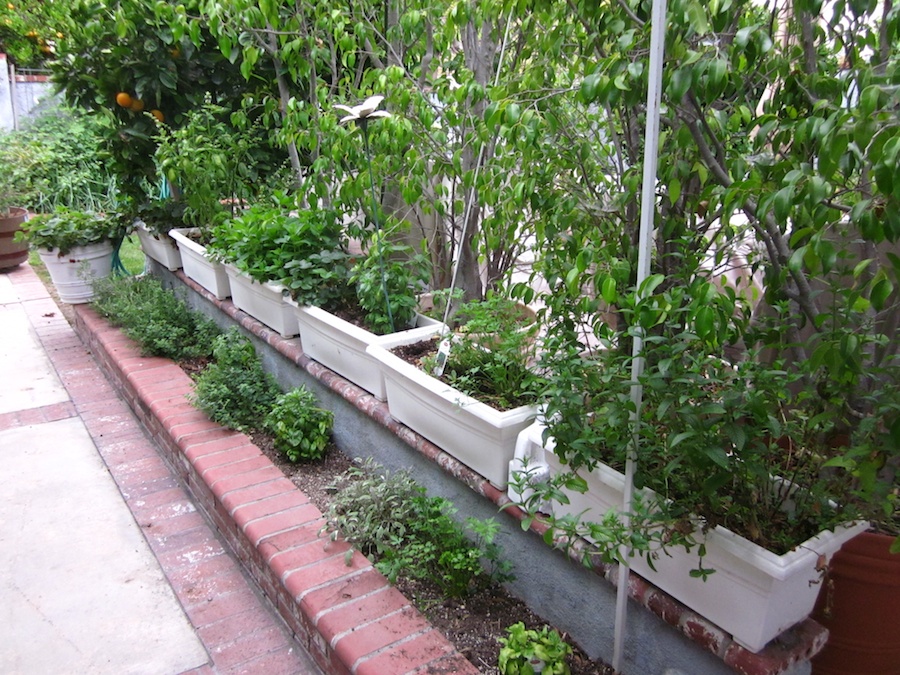
Sue's herb garden